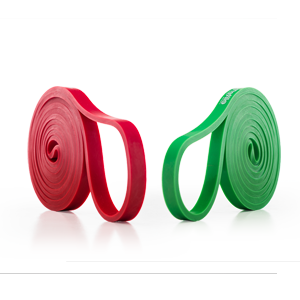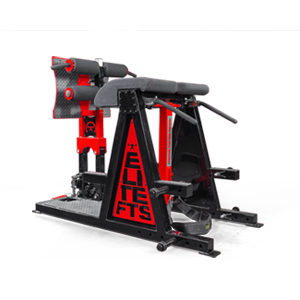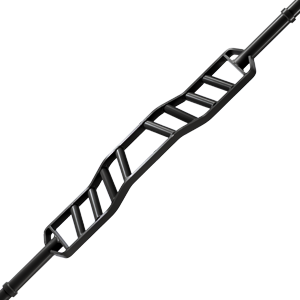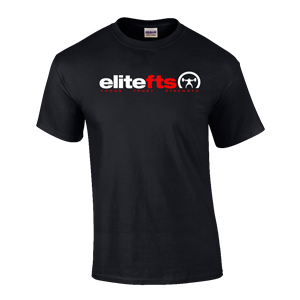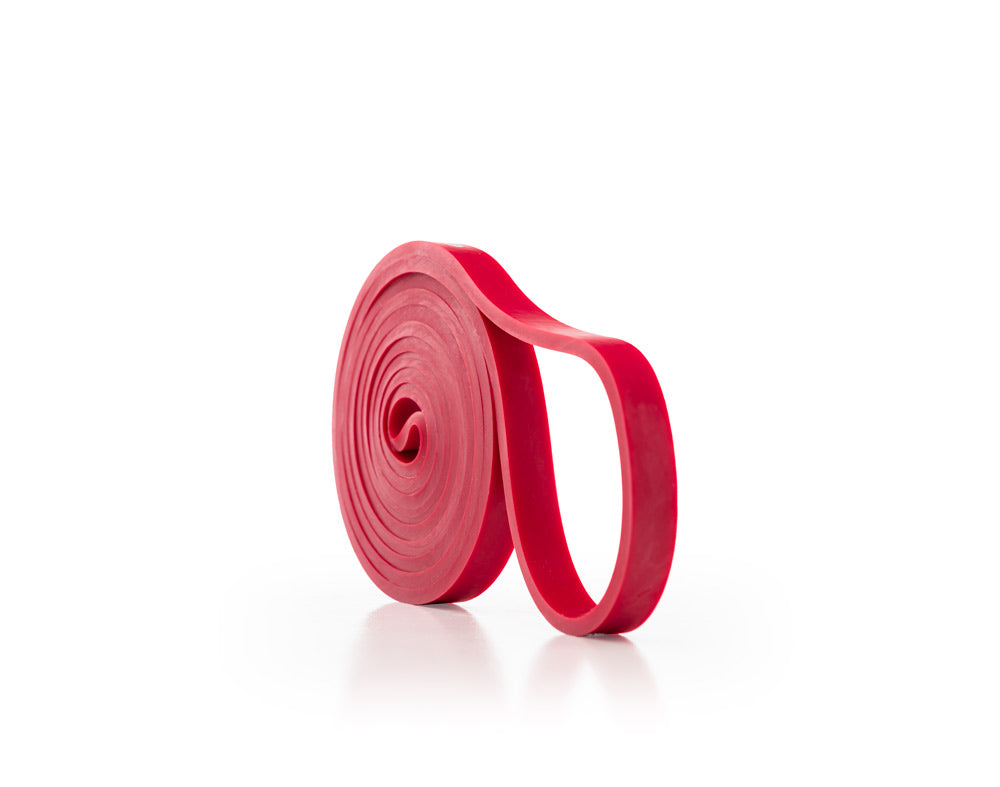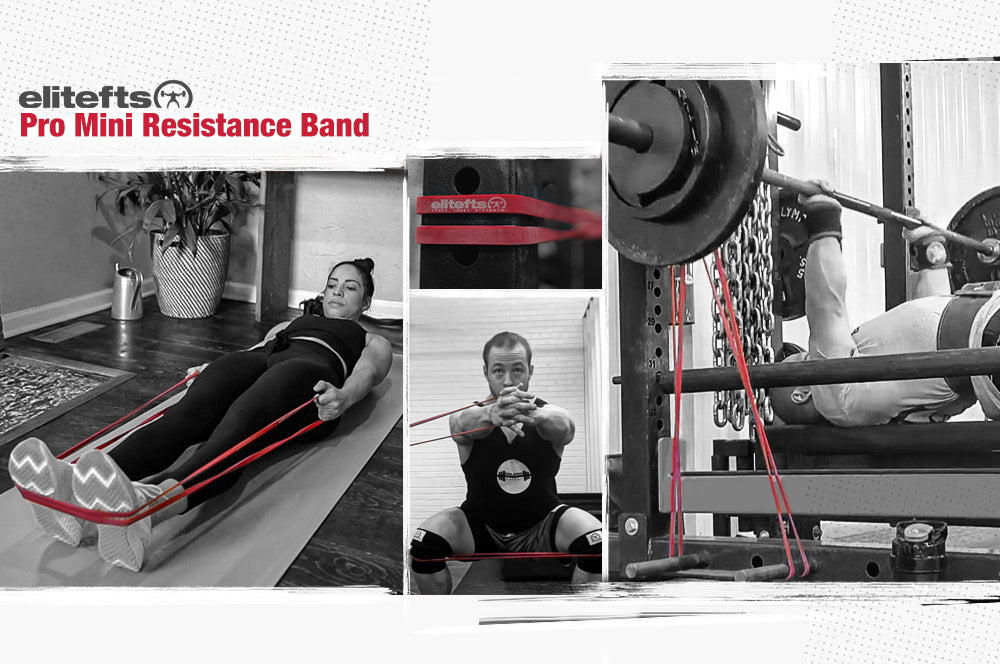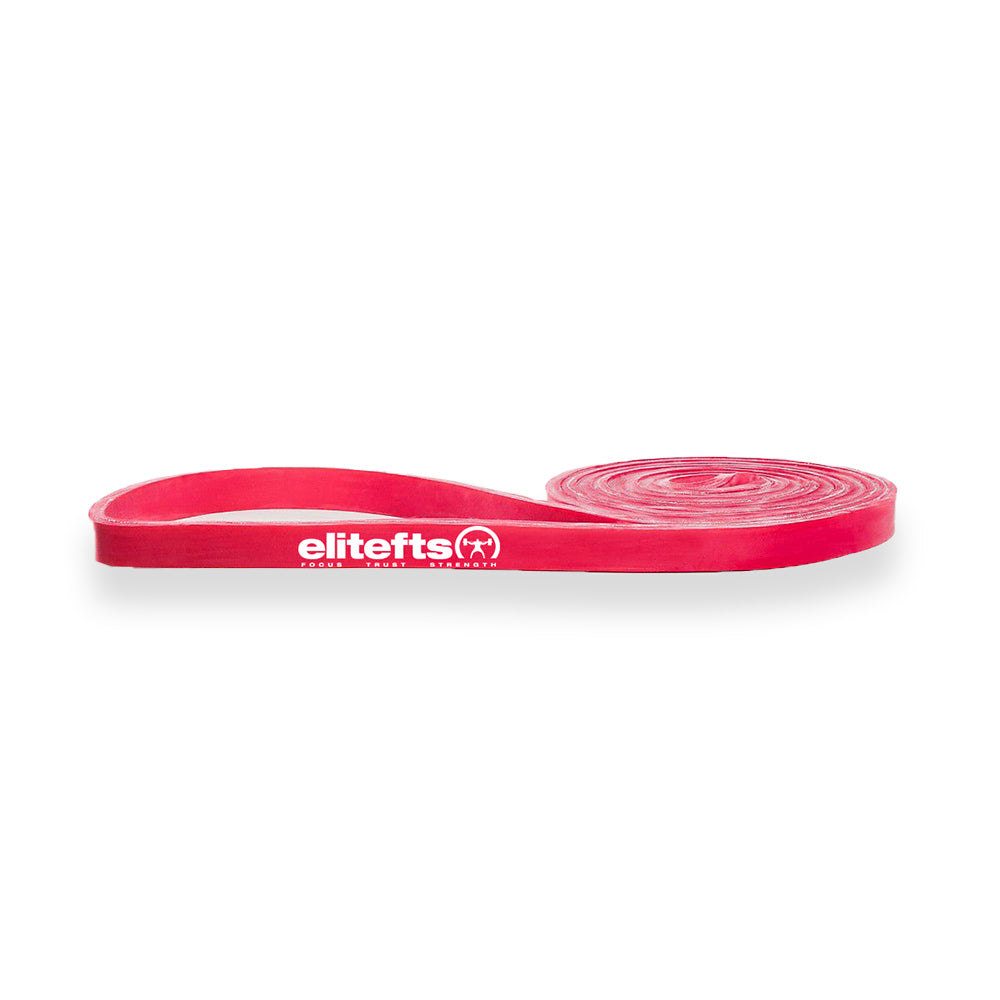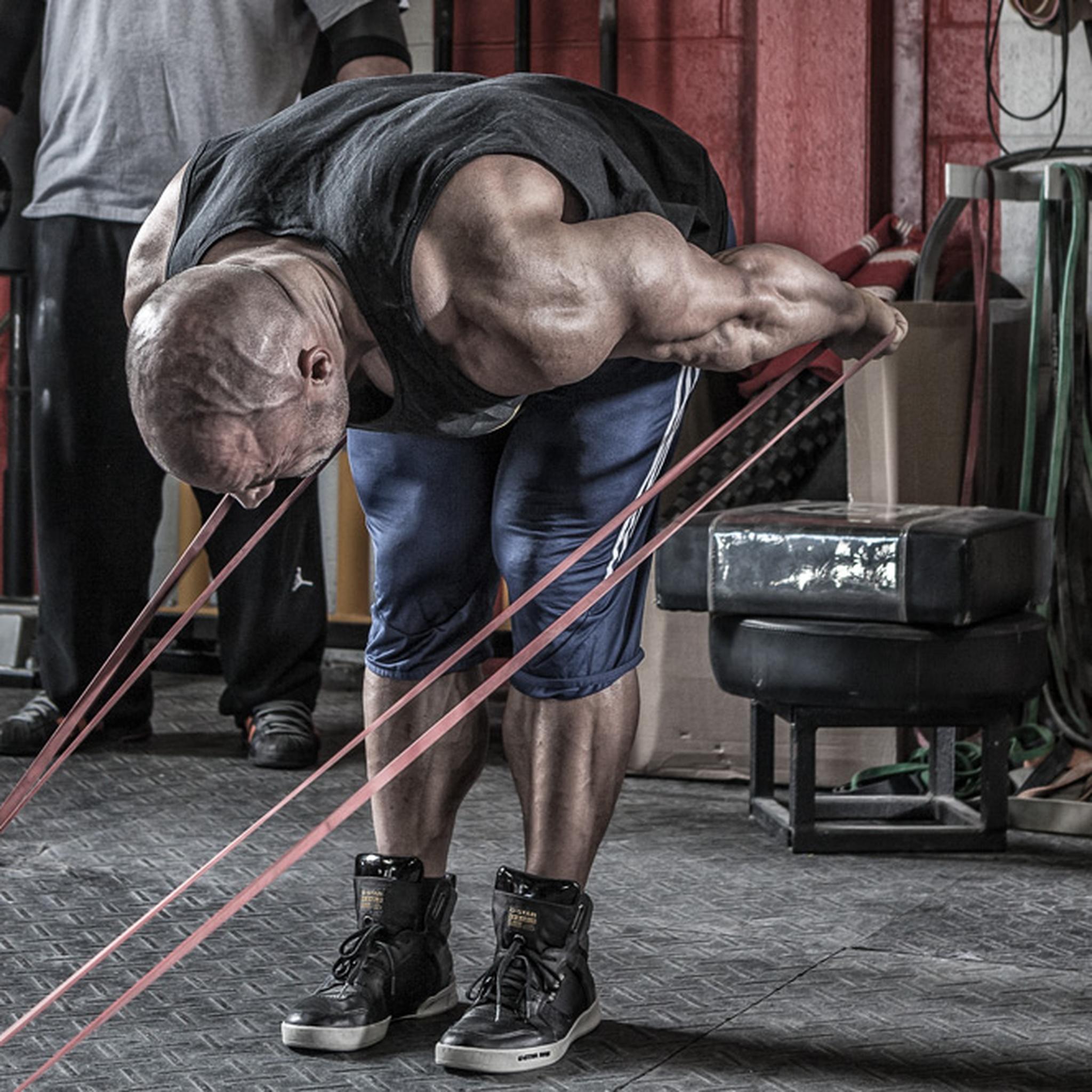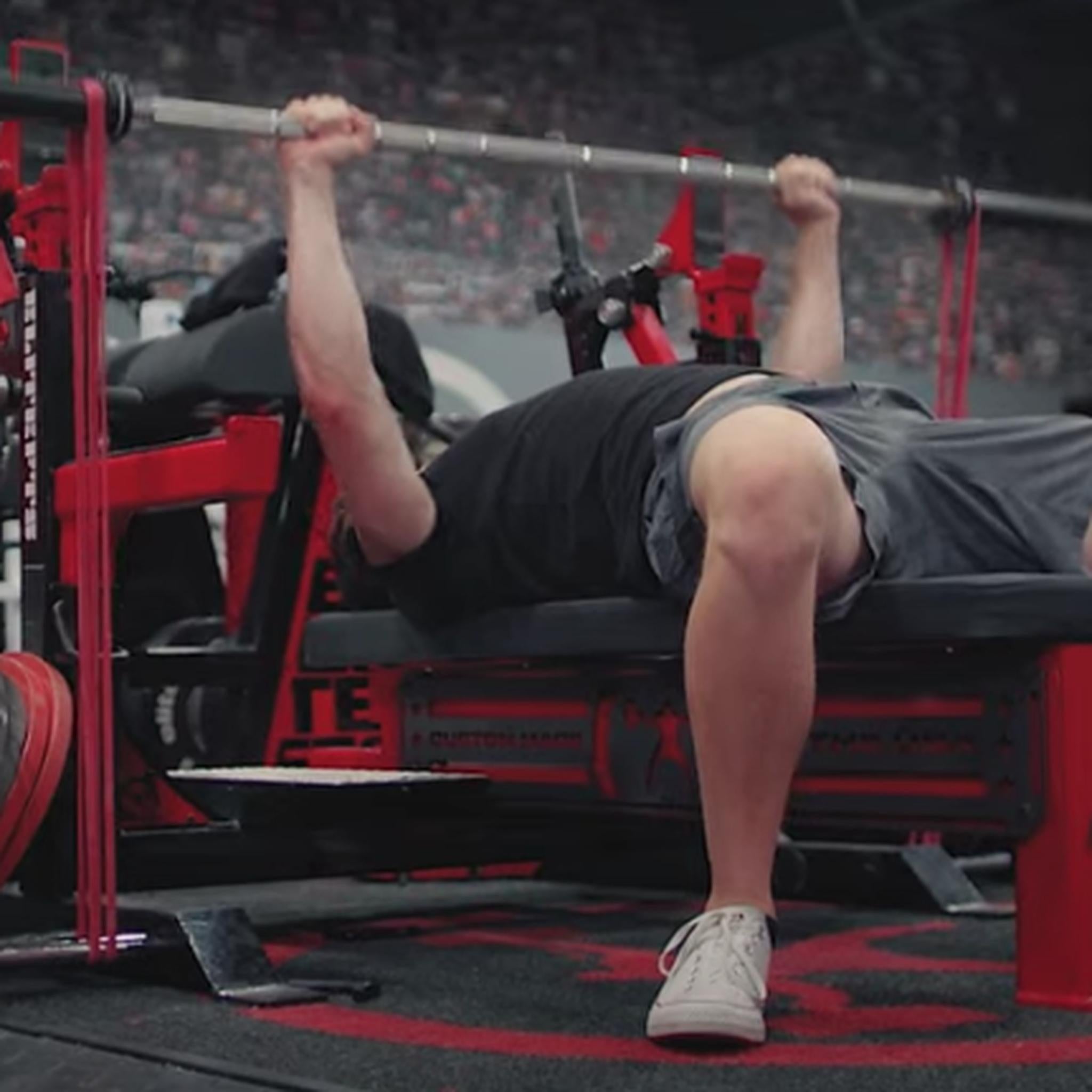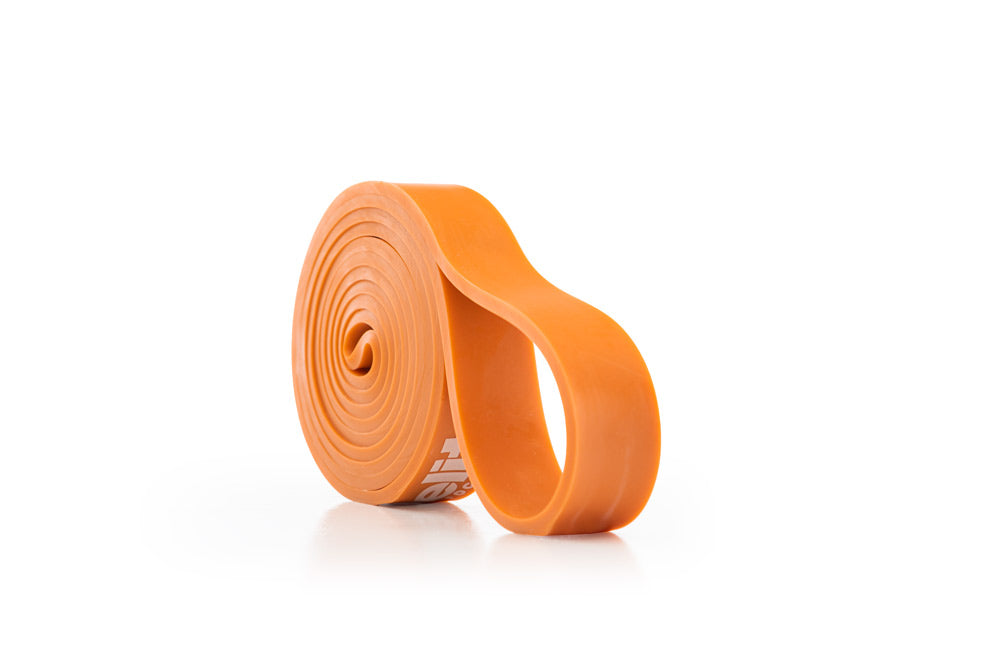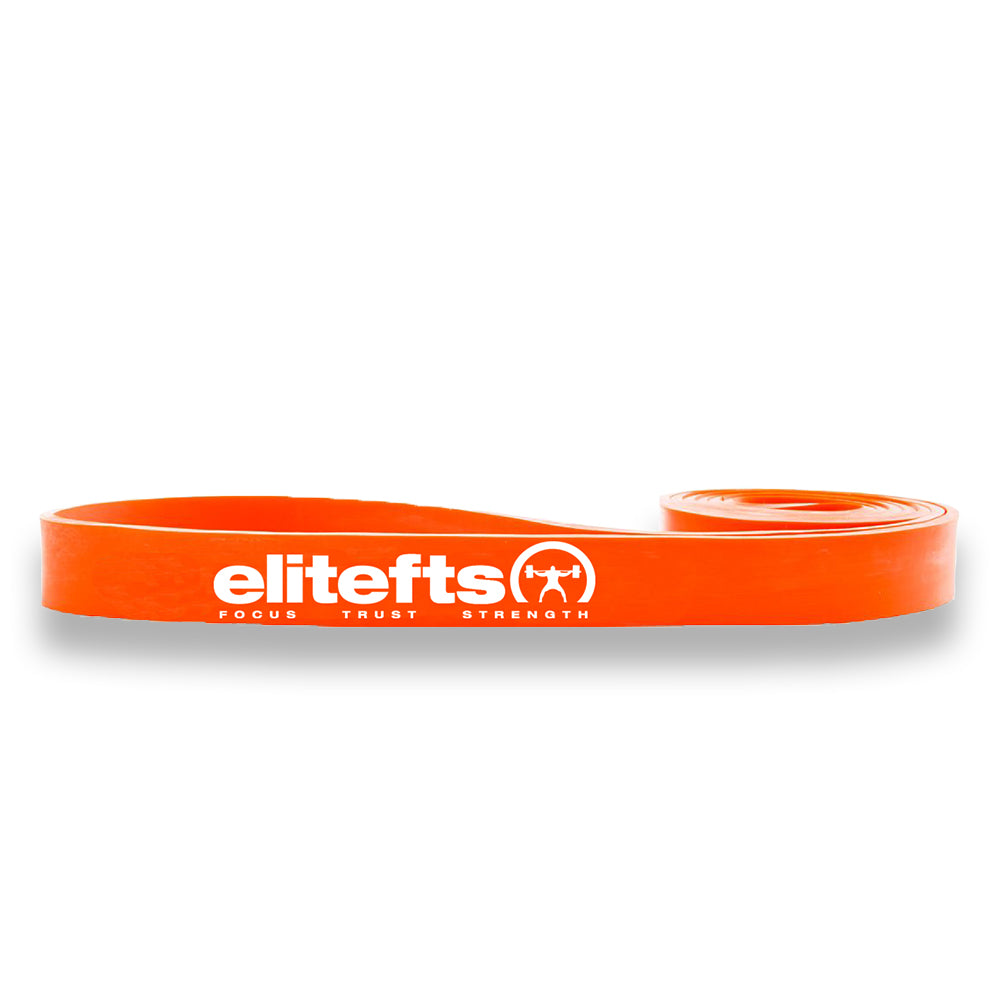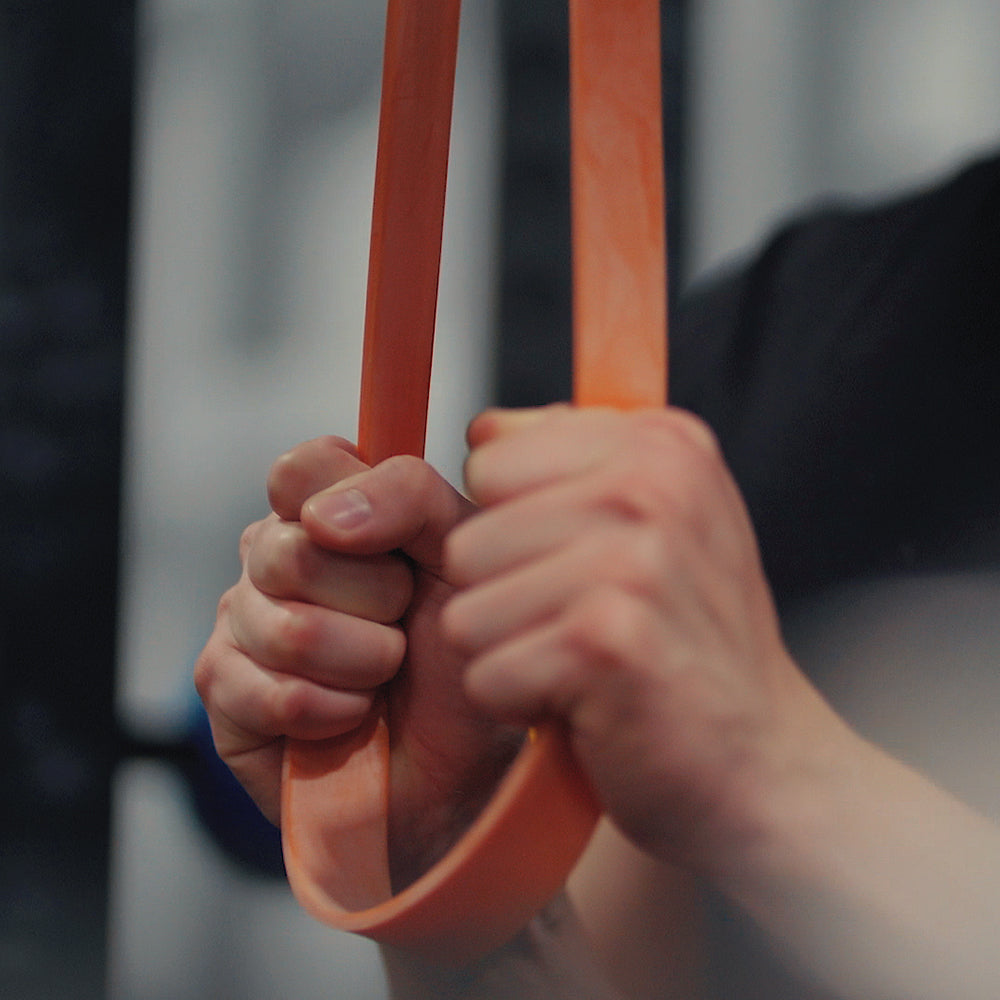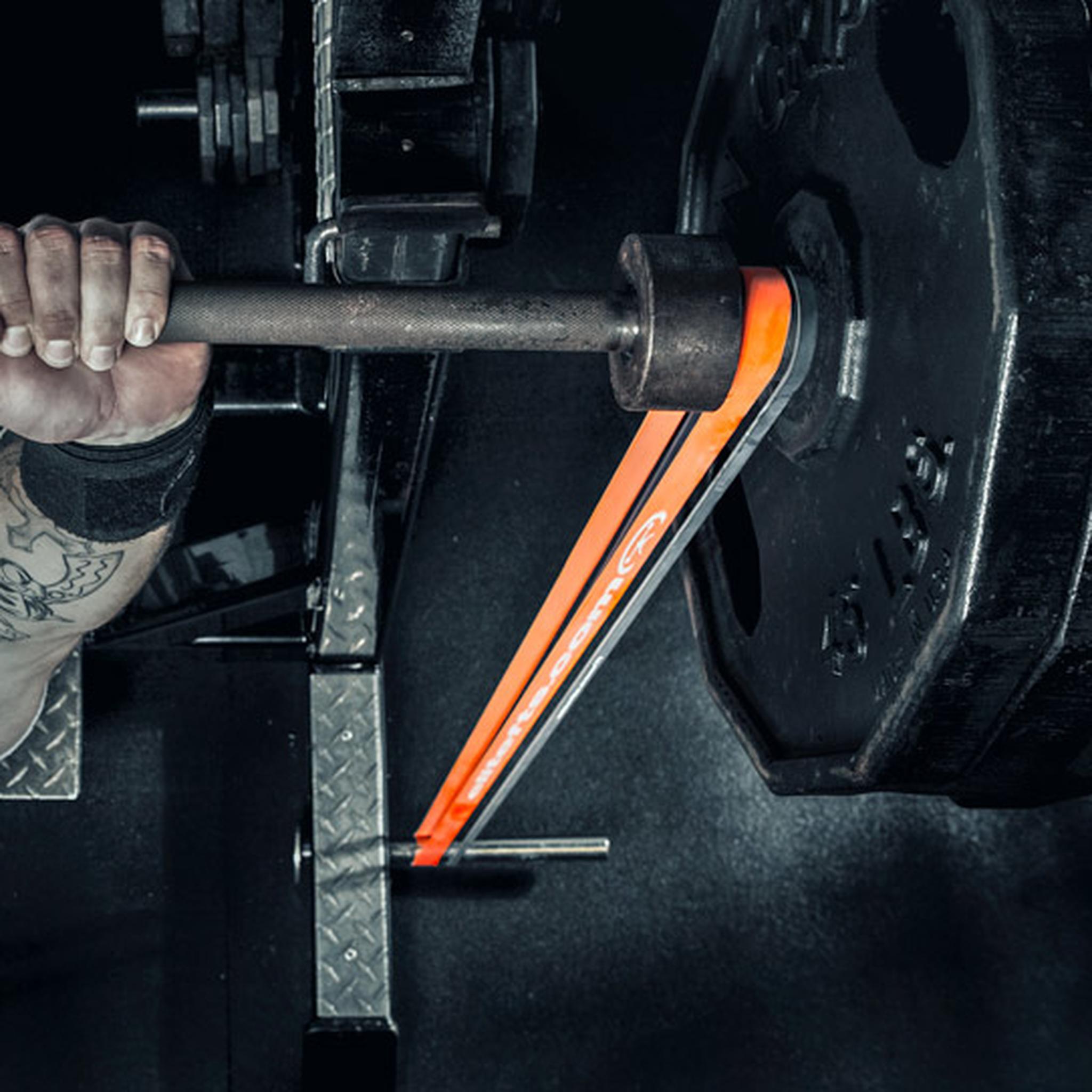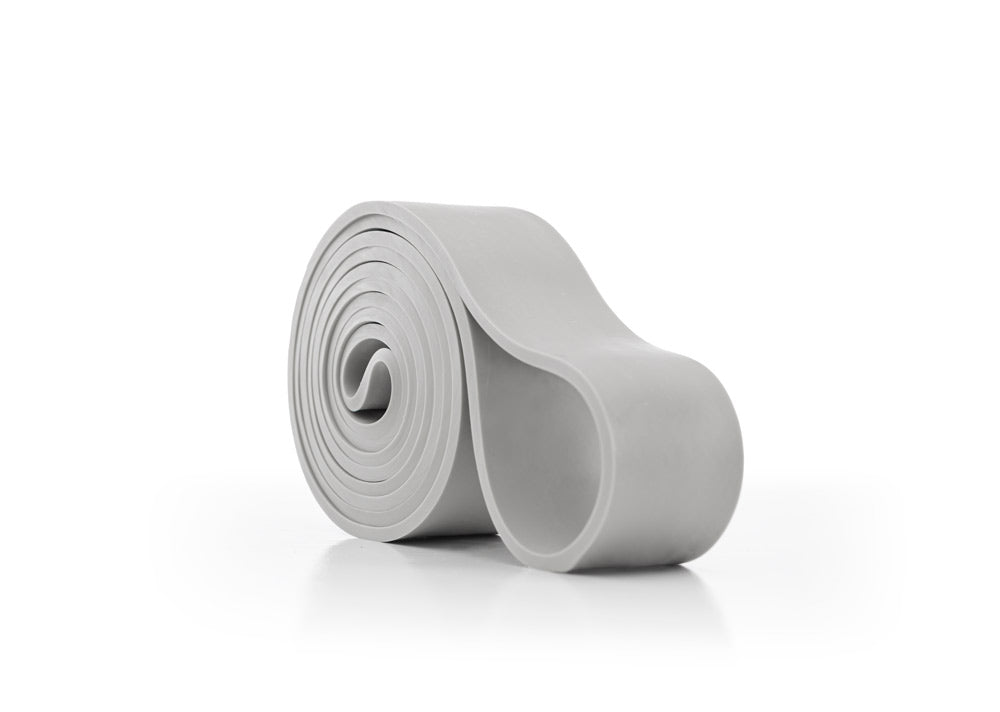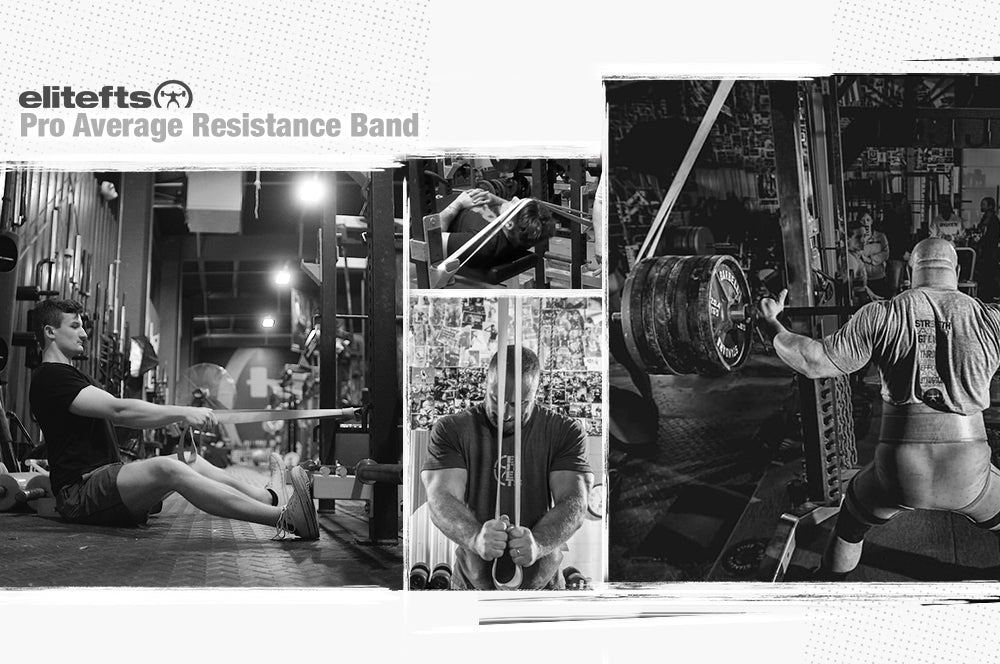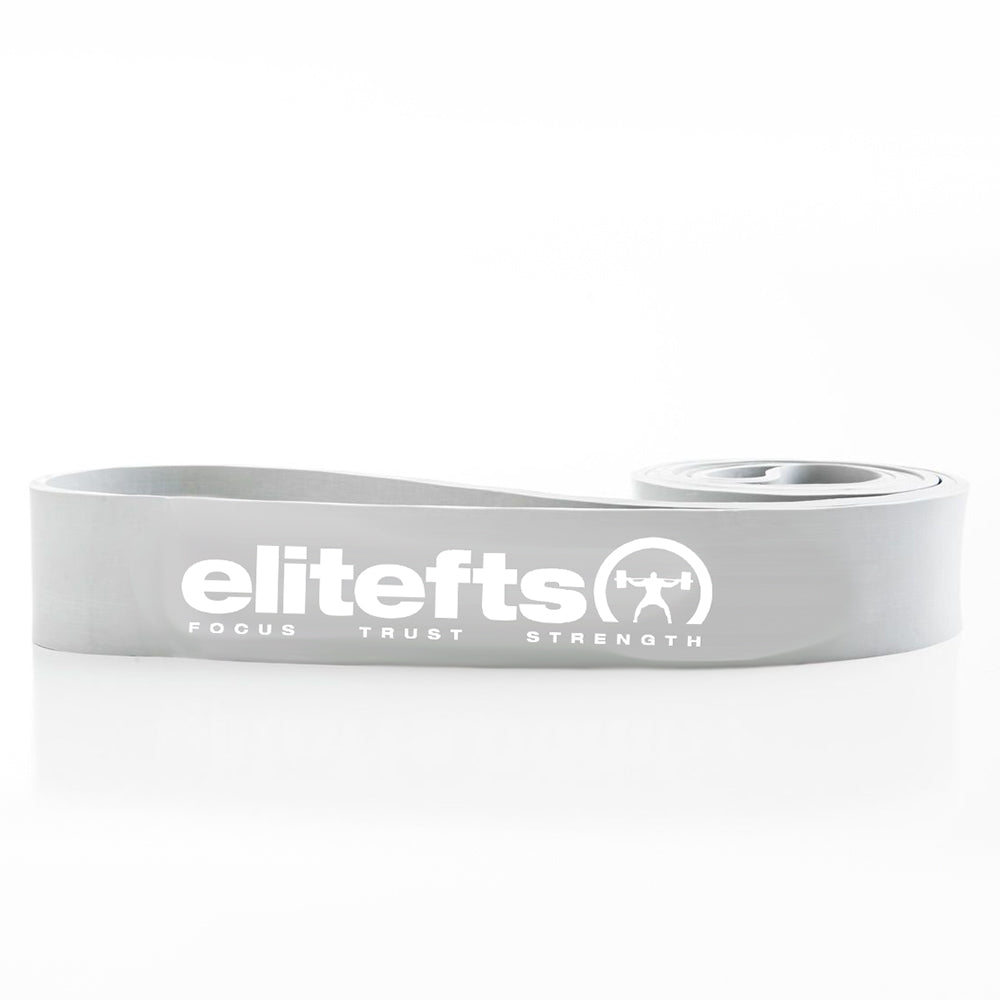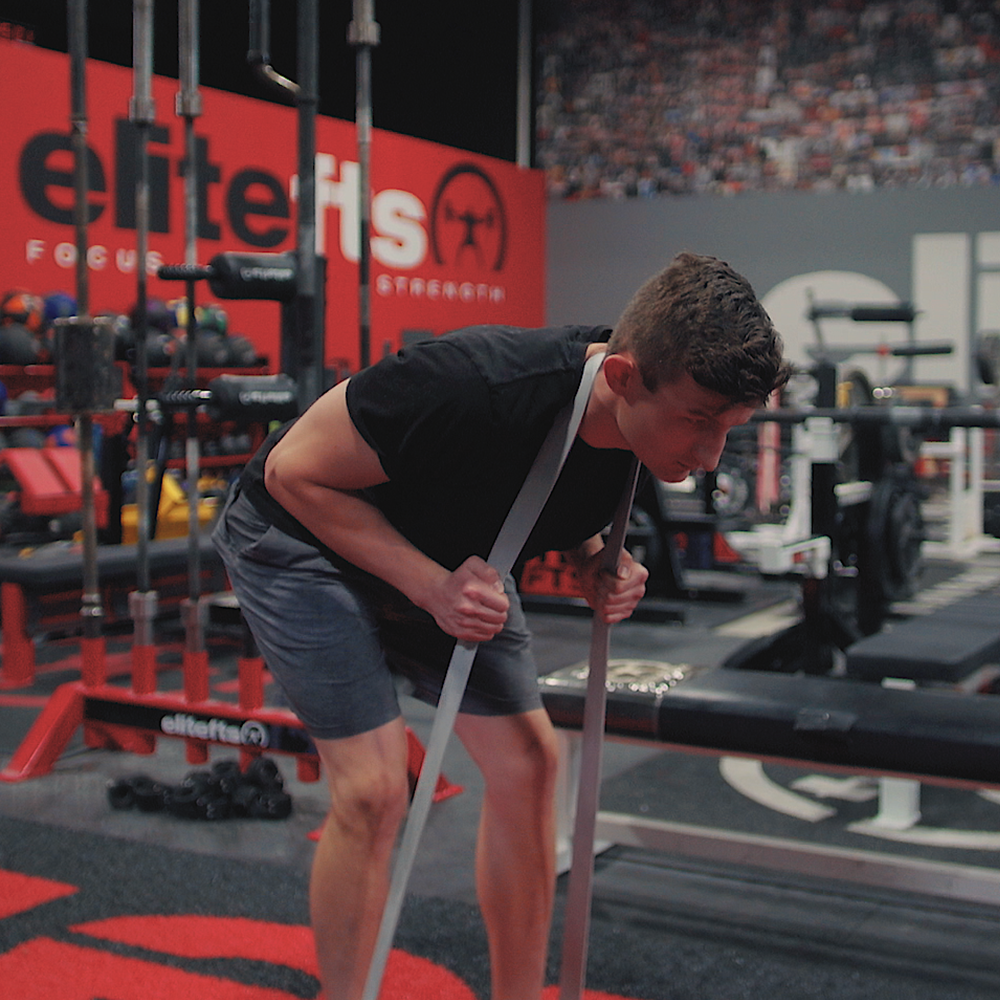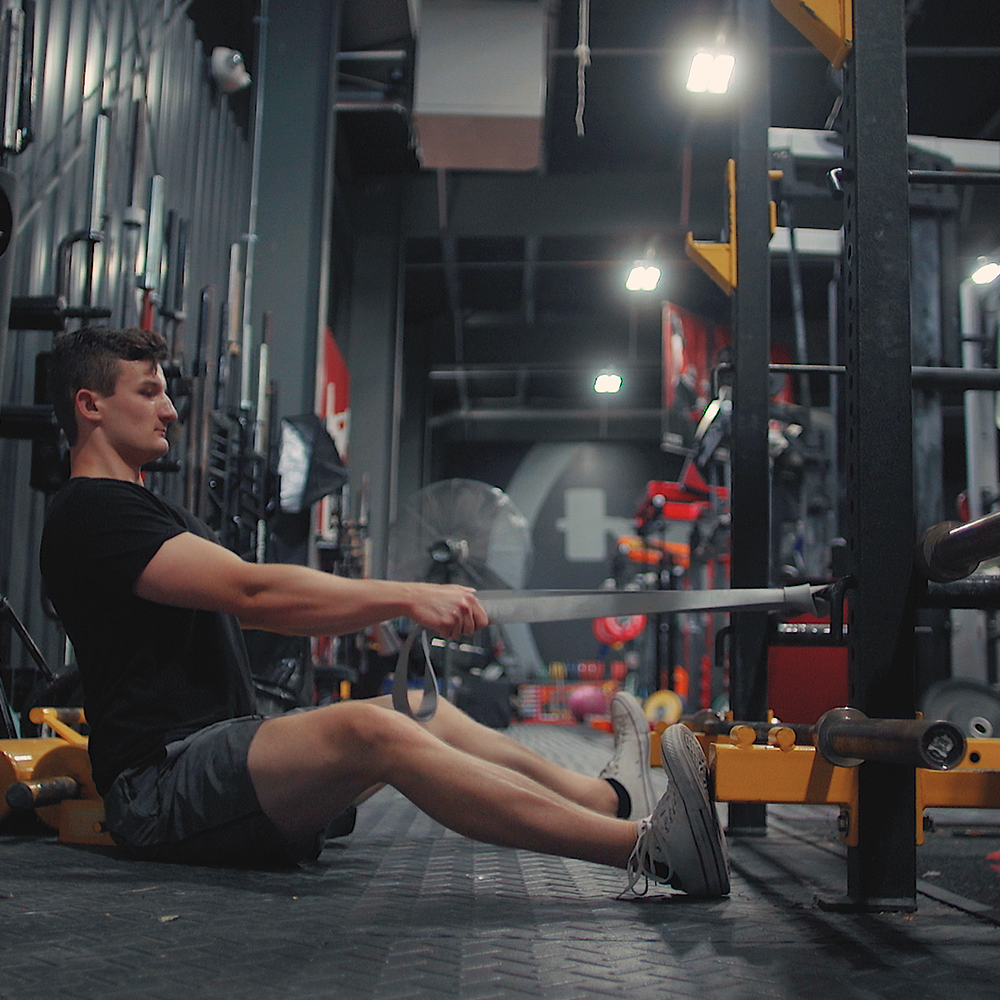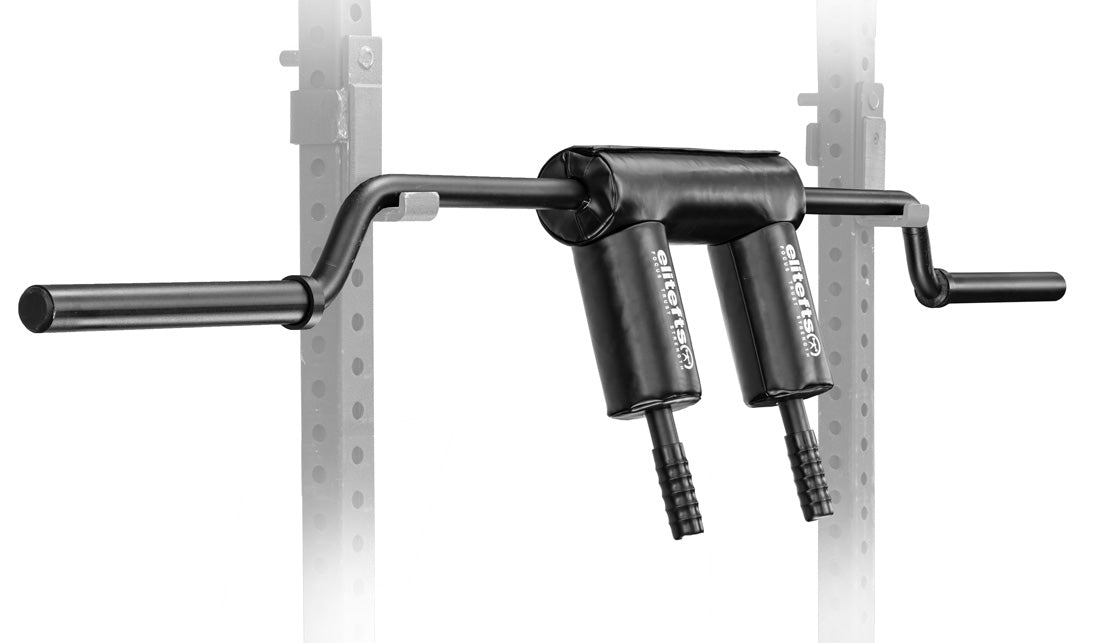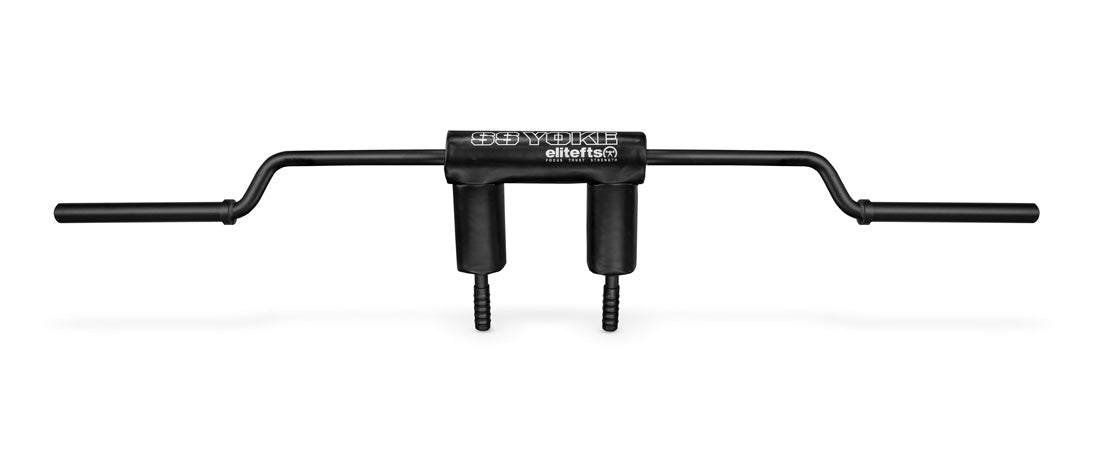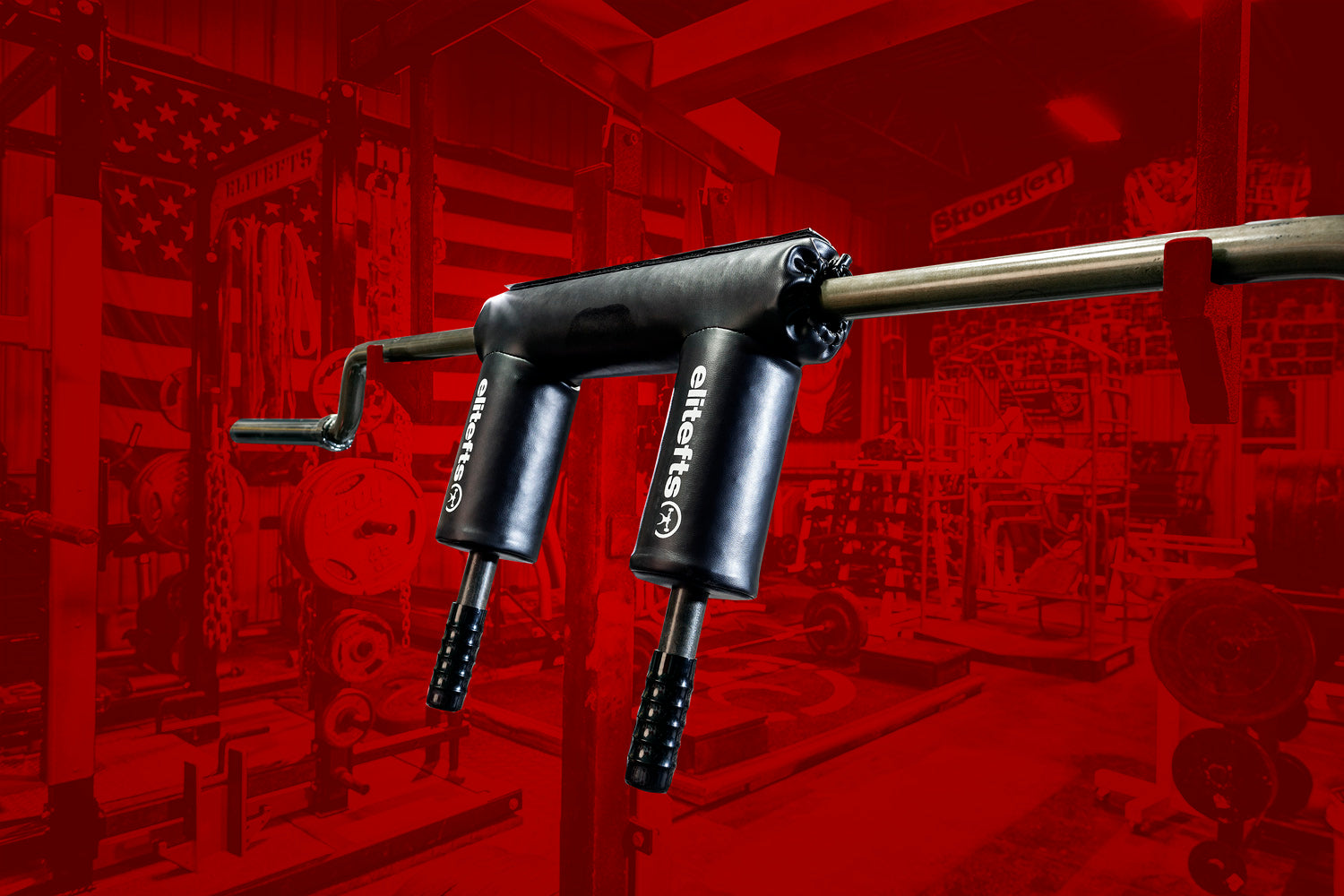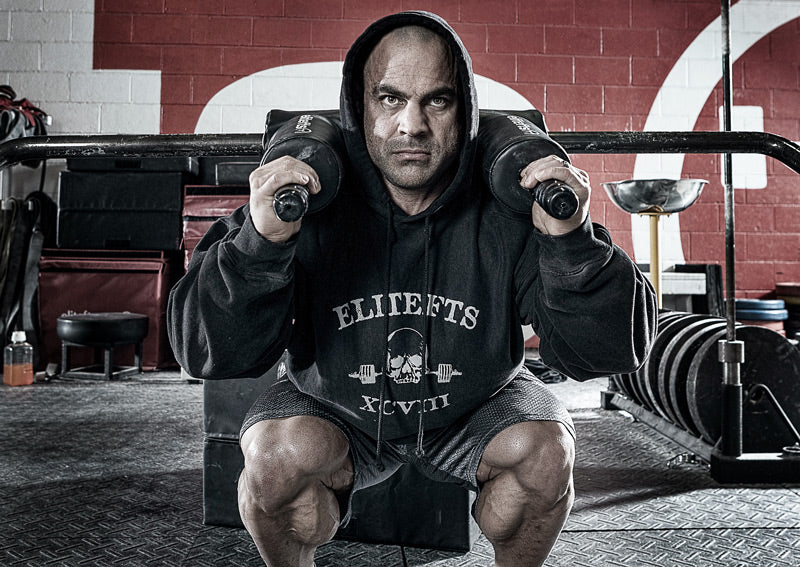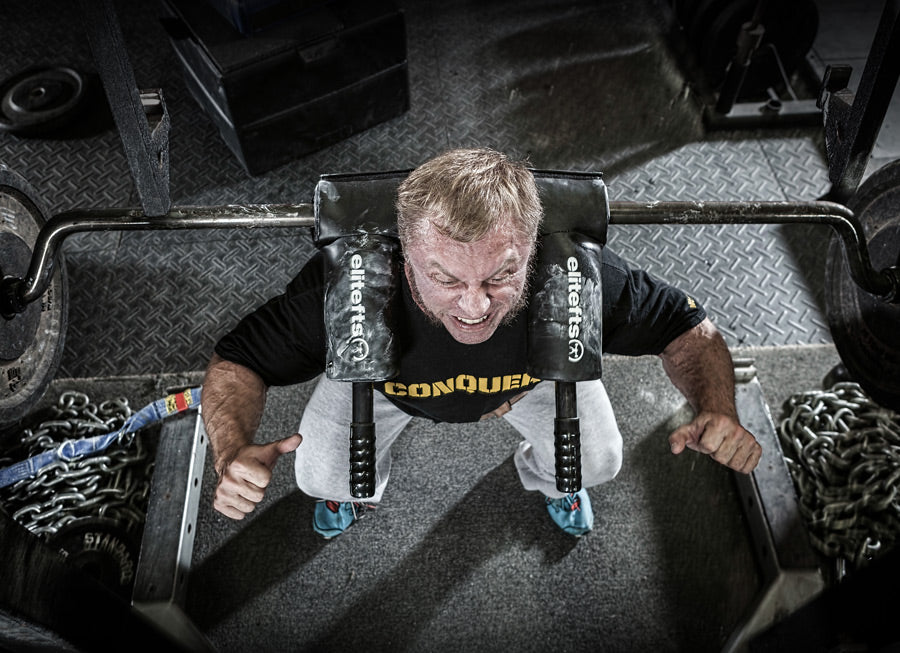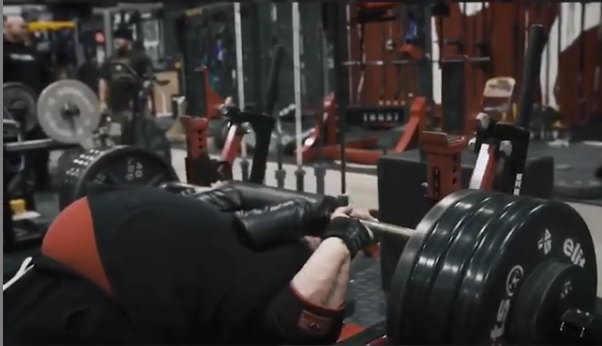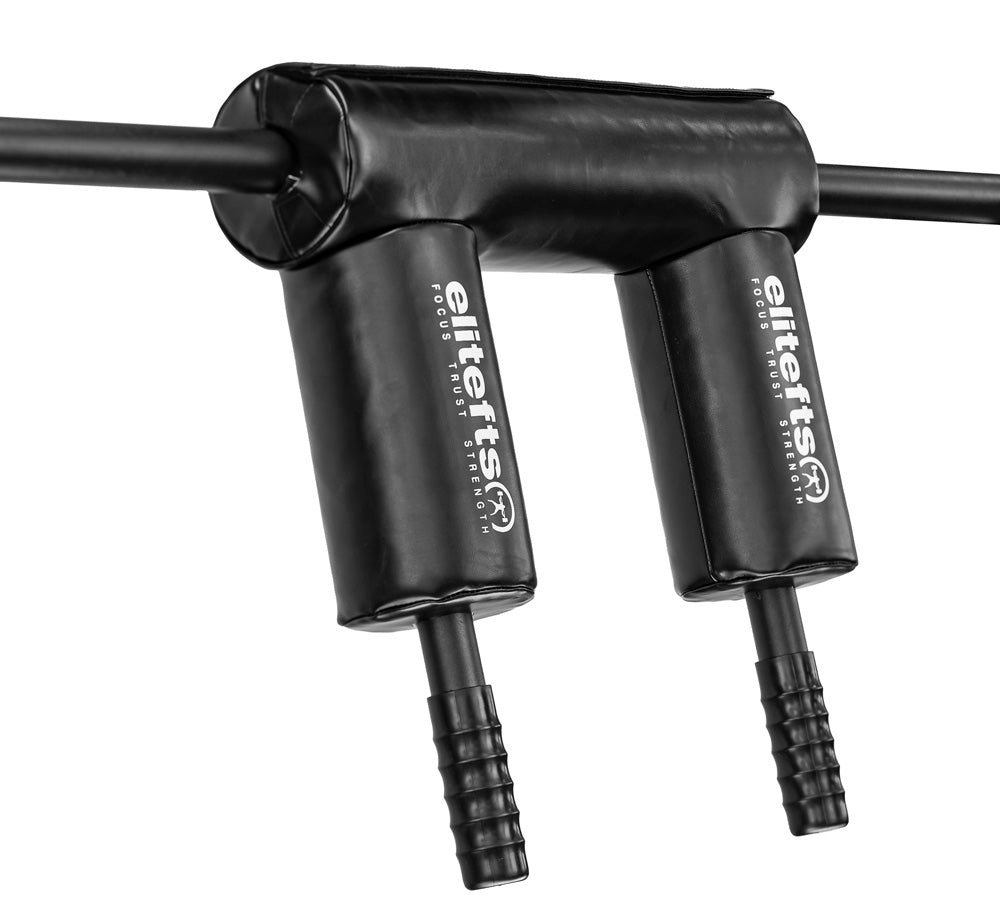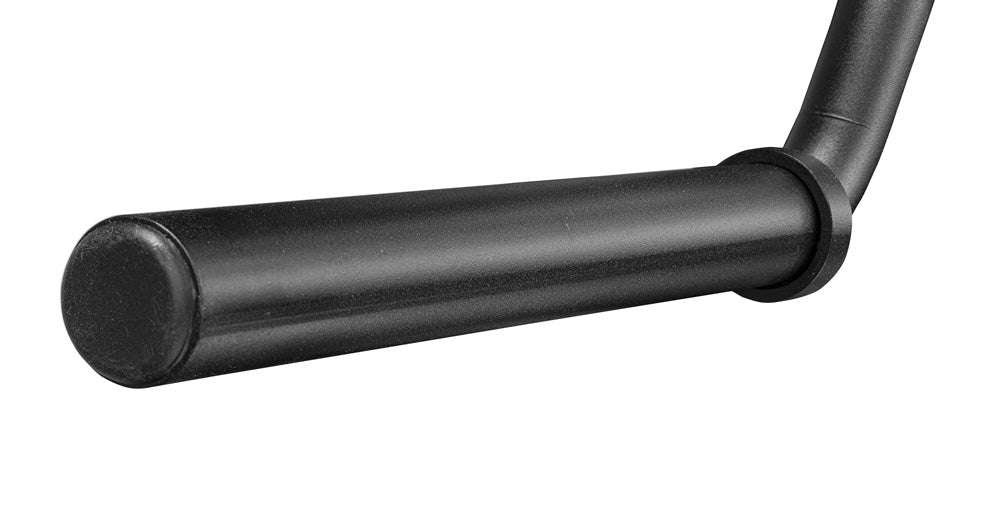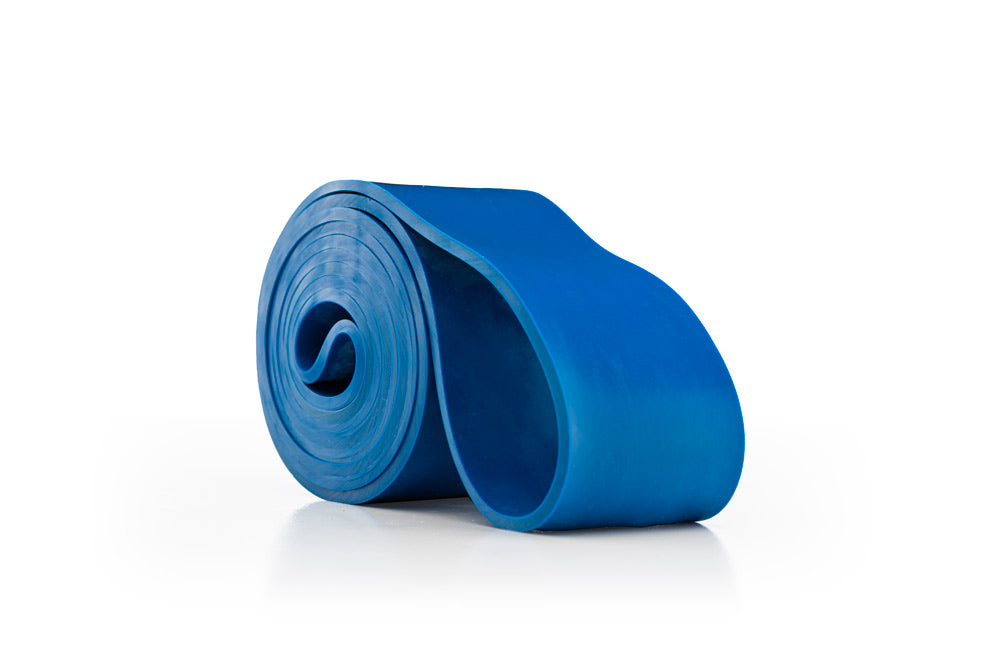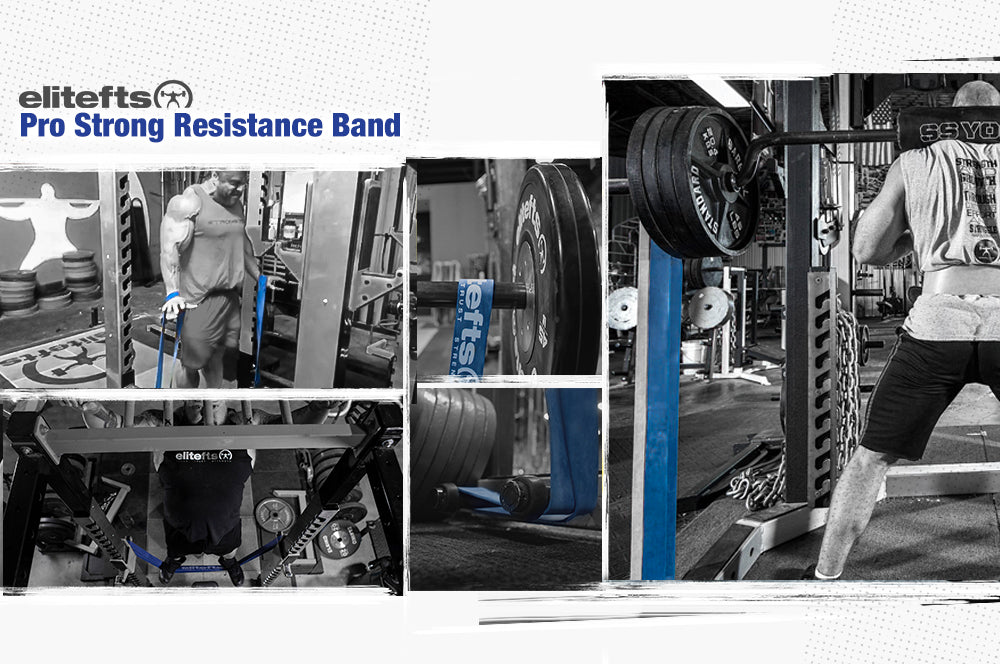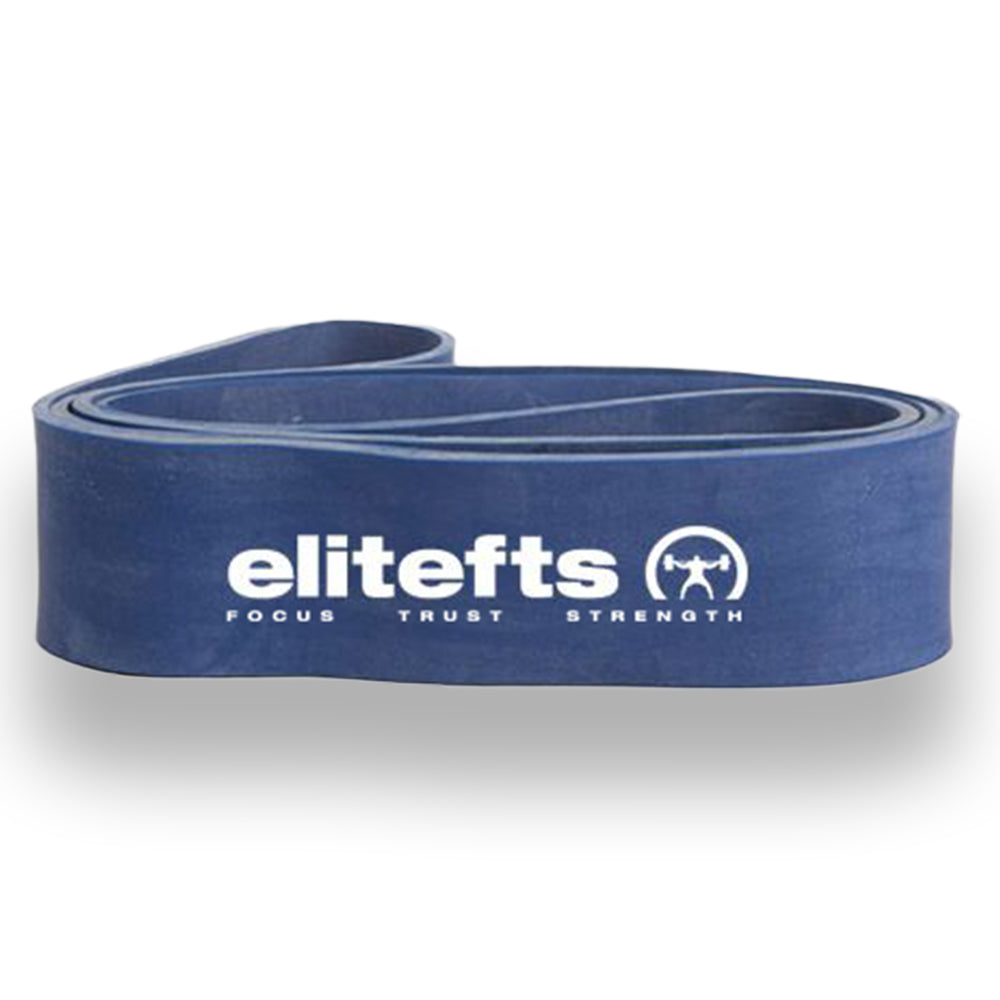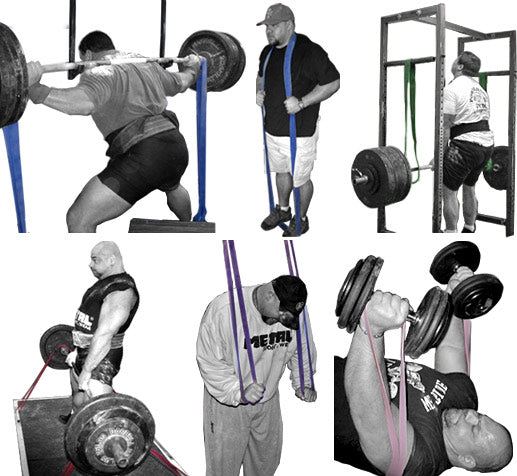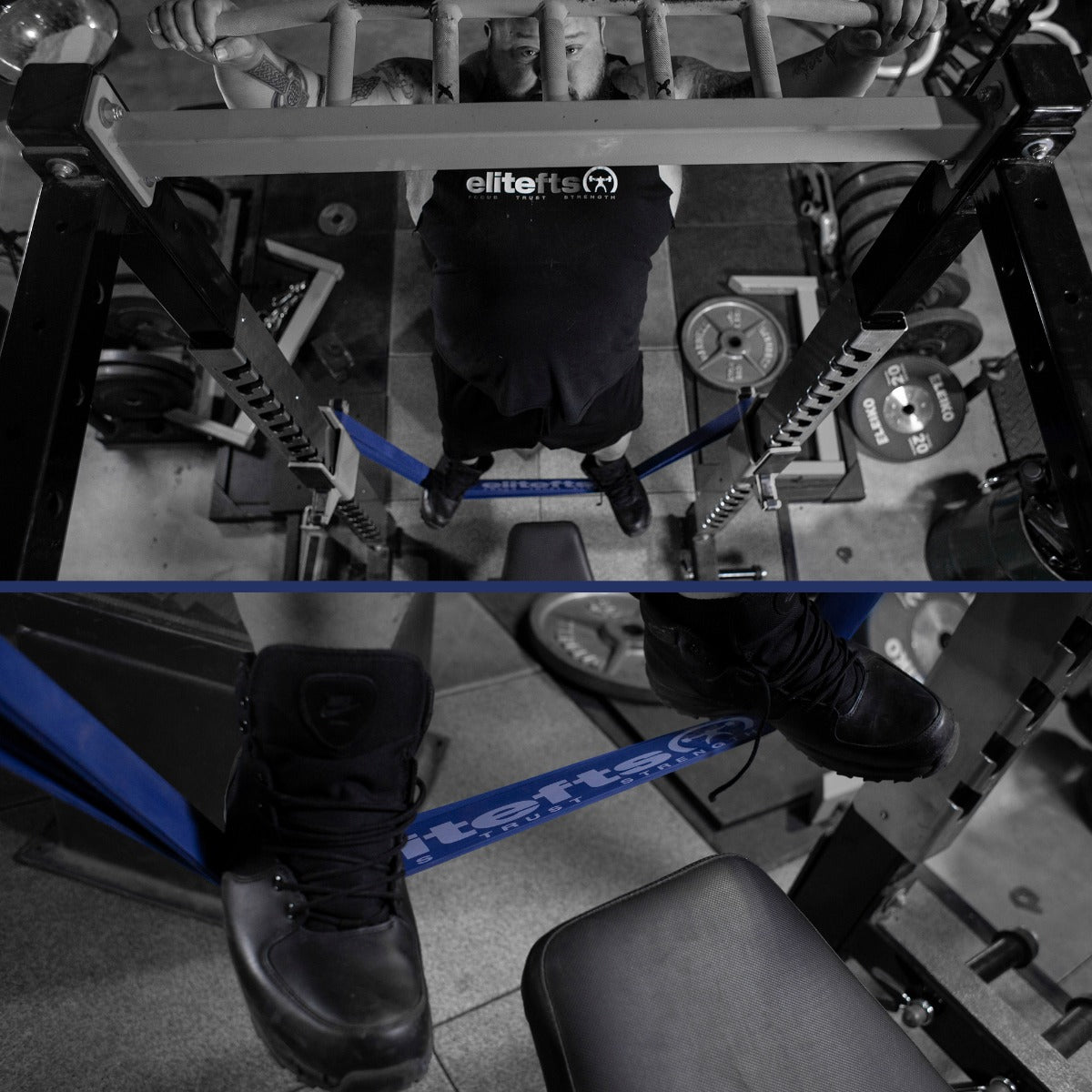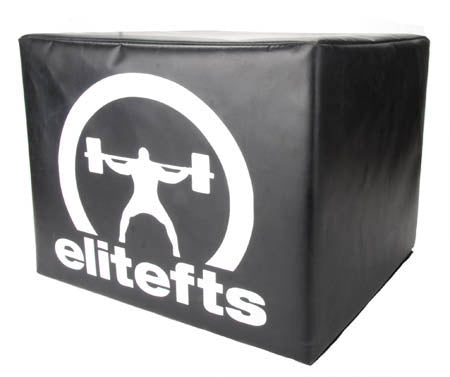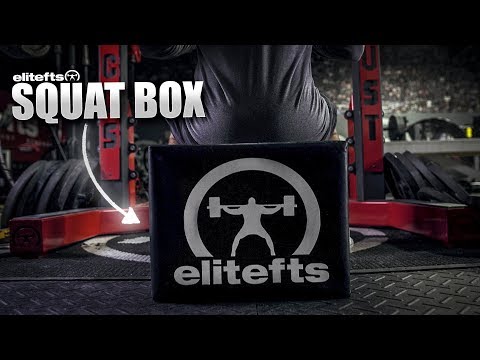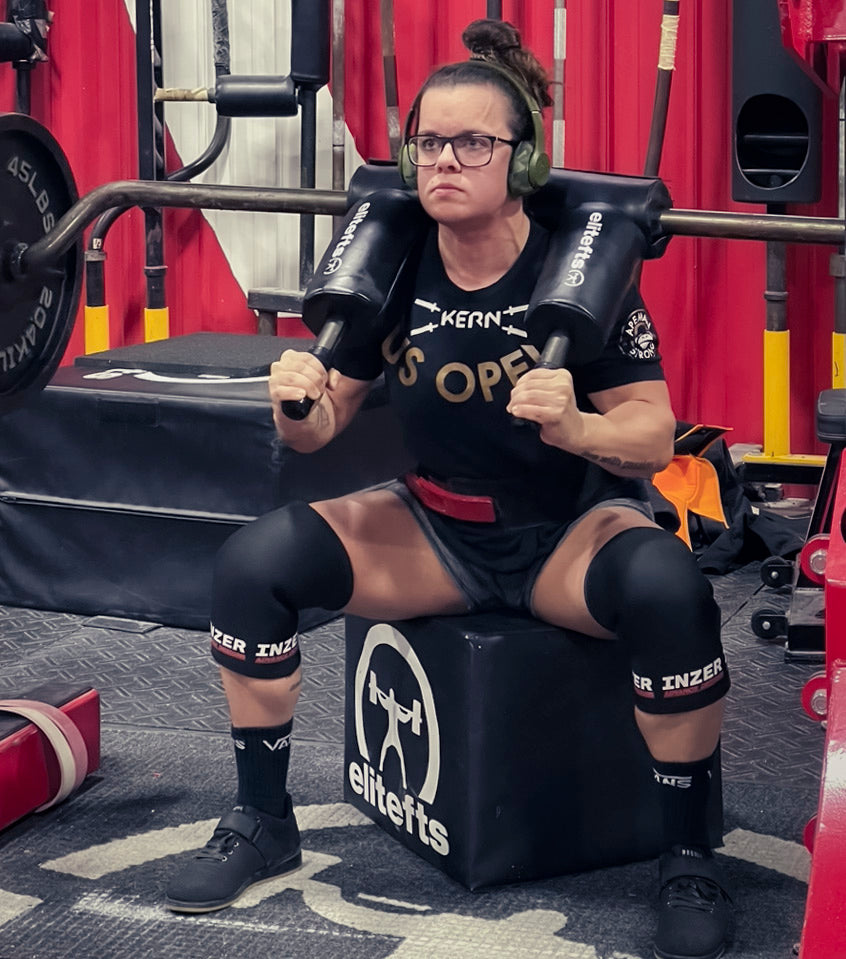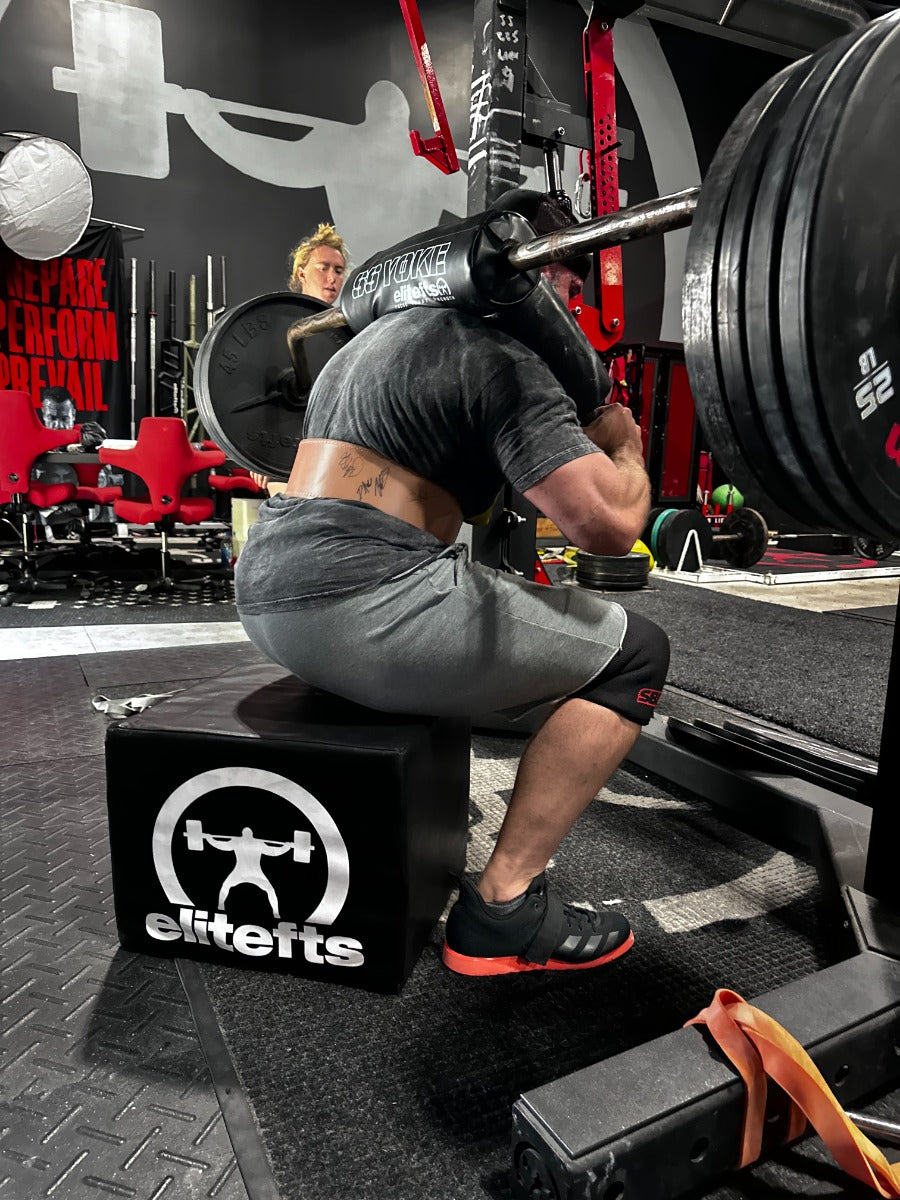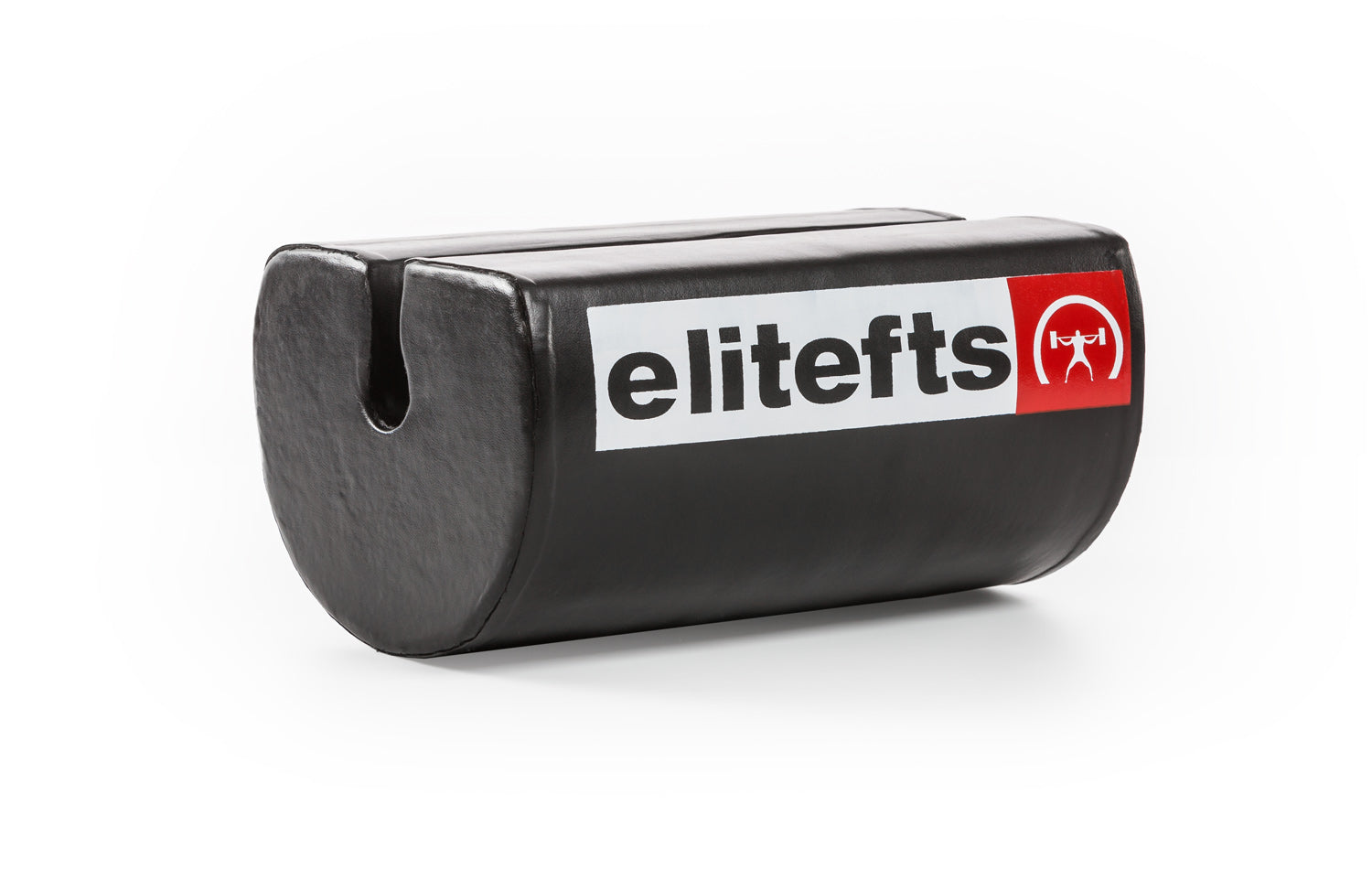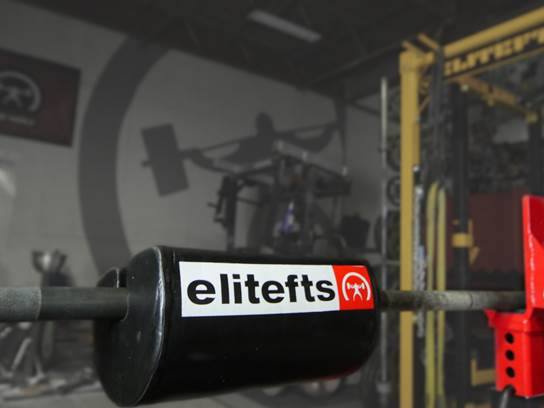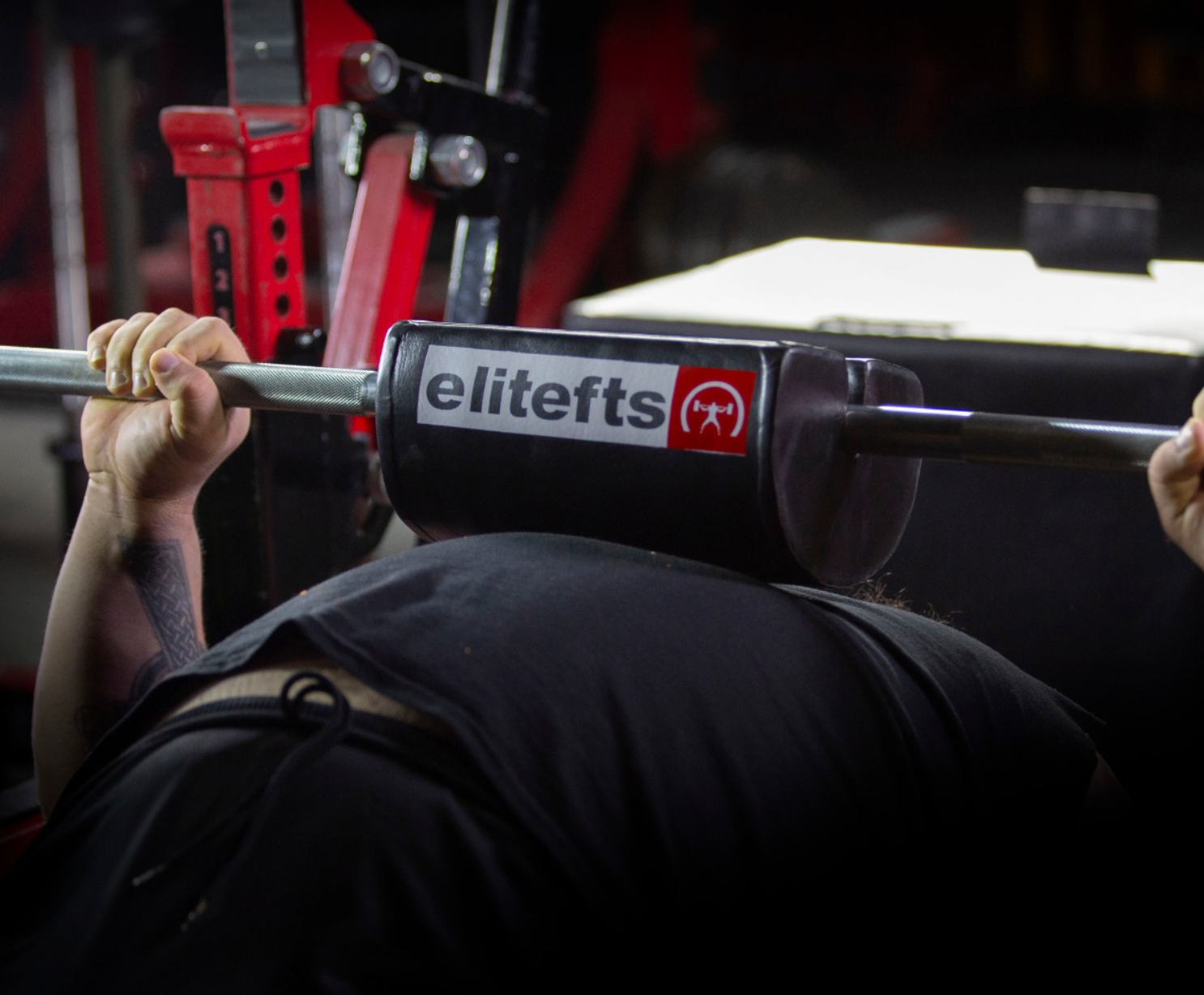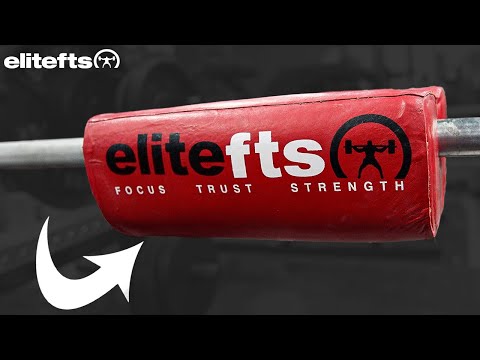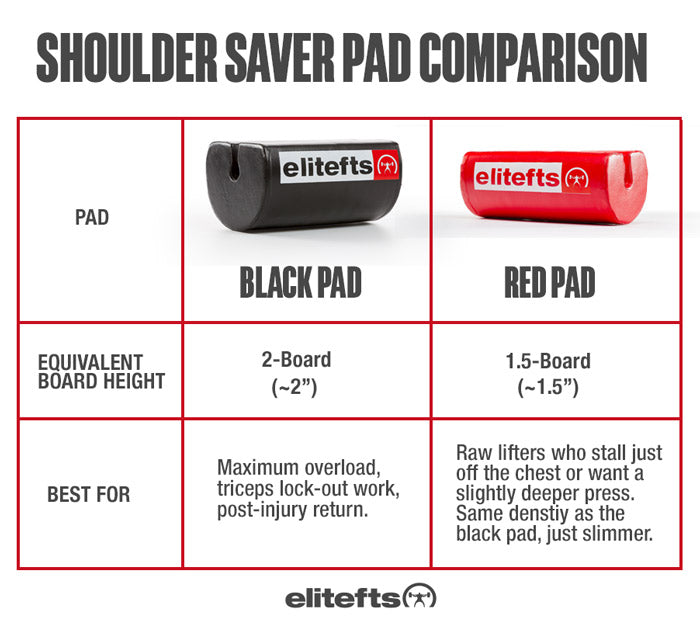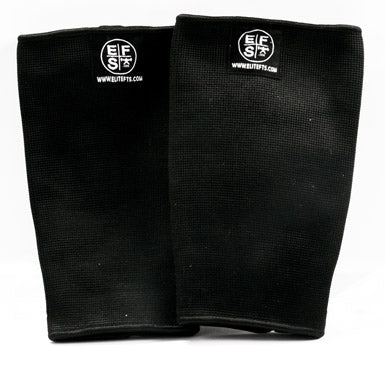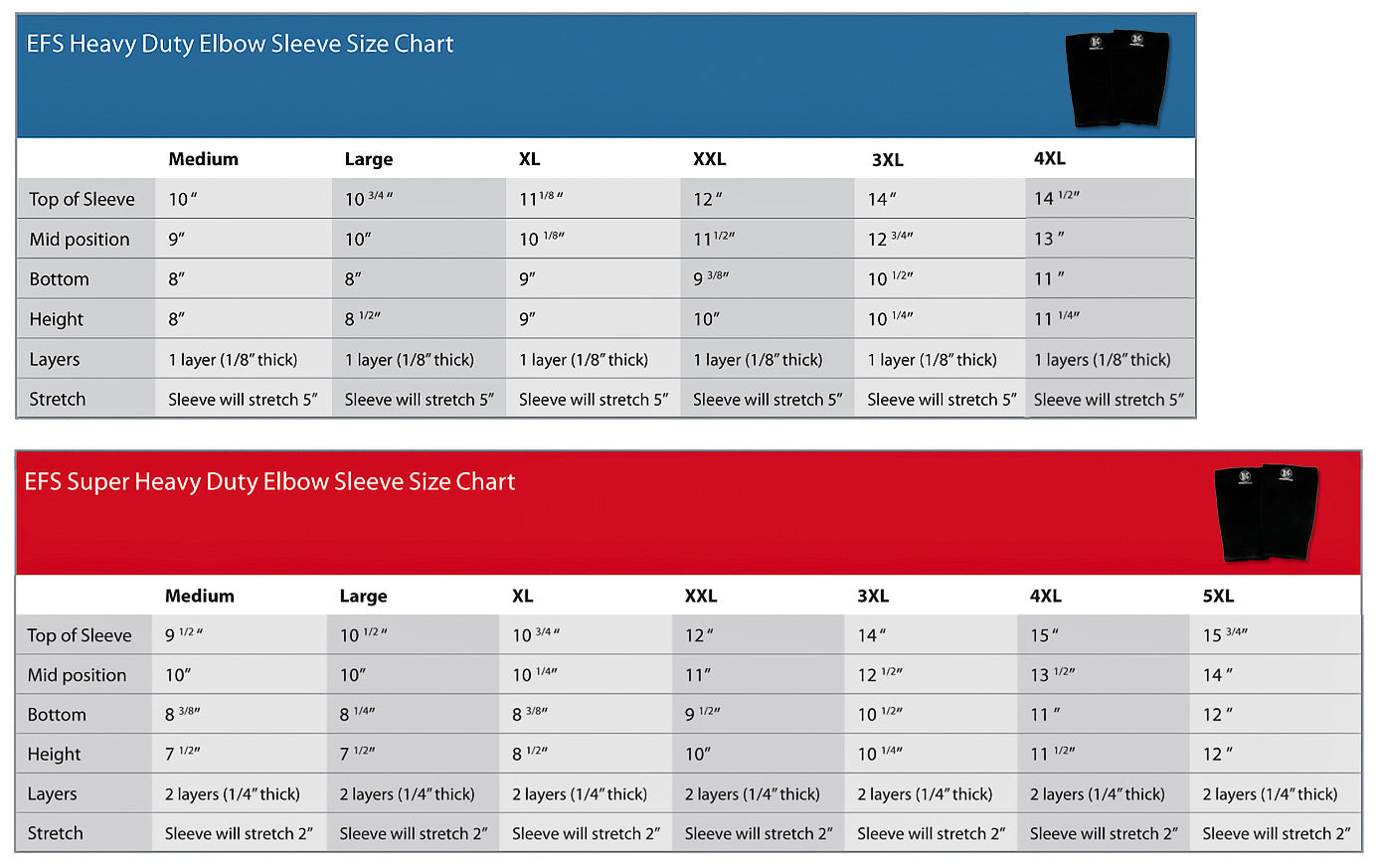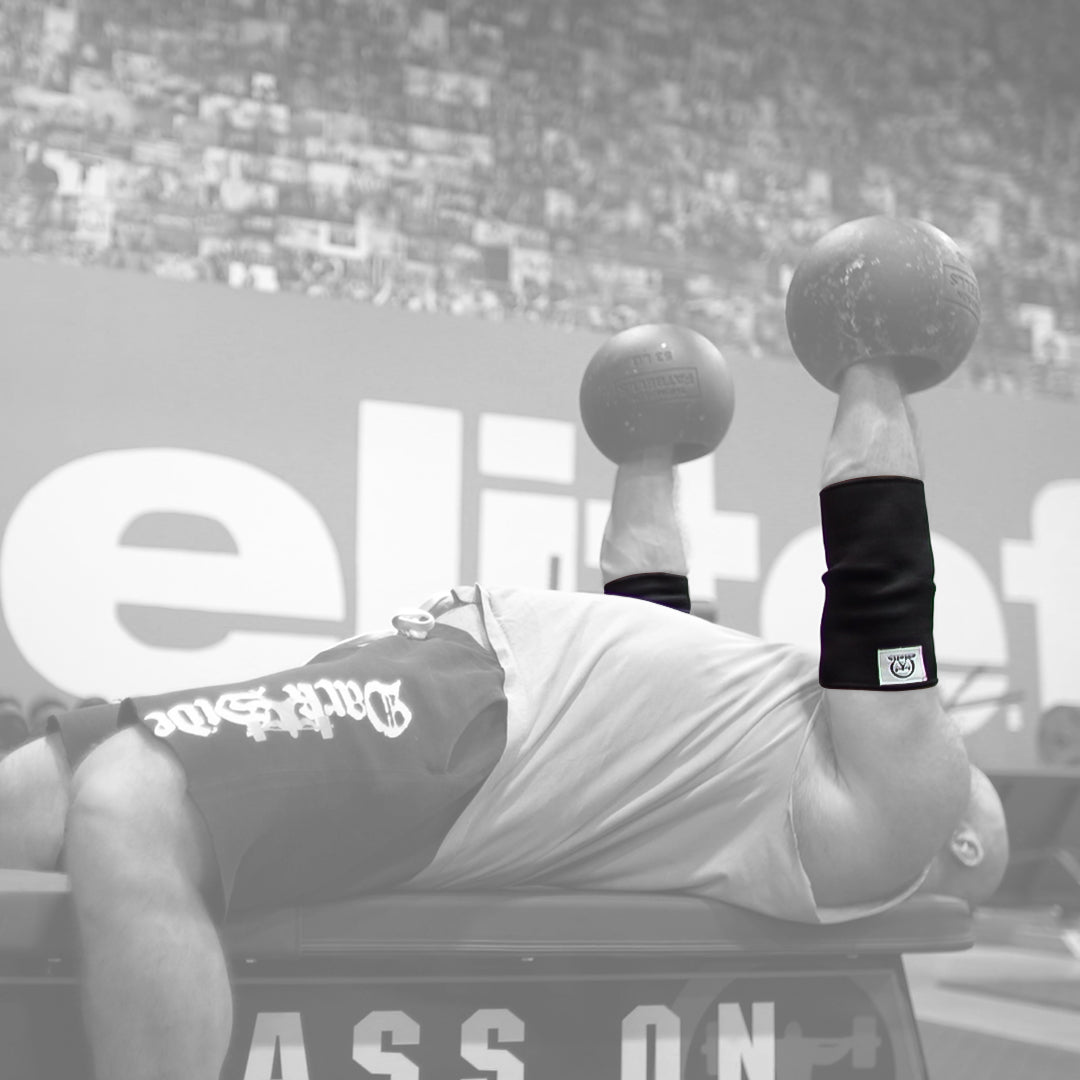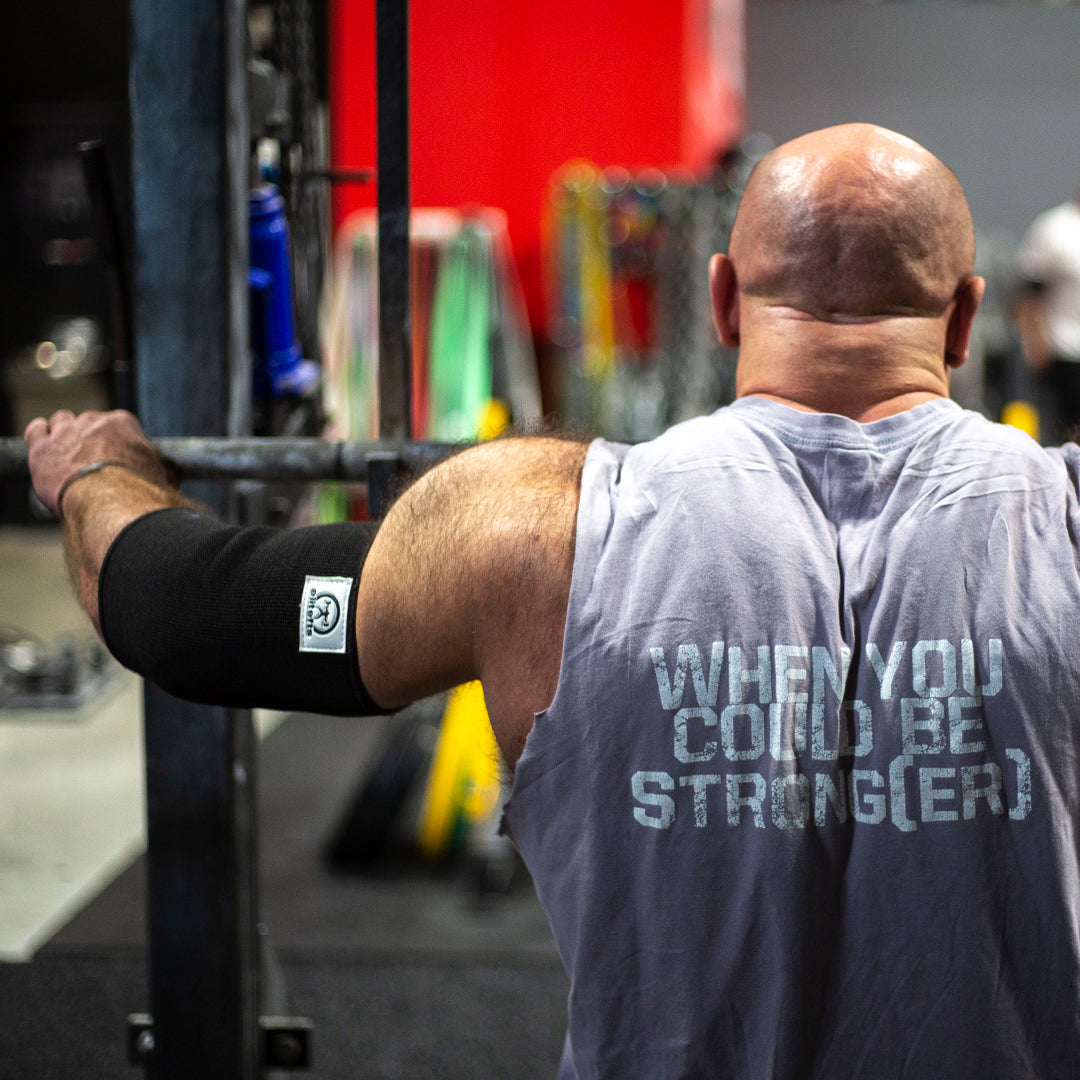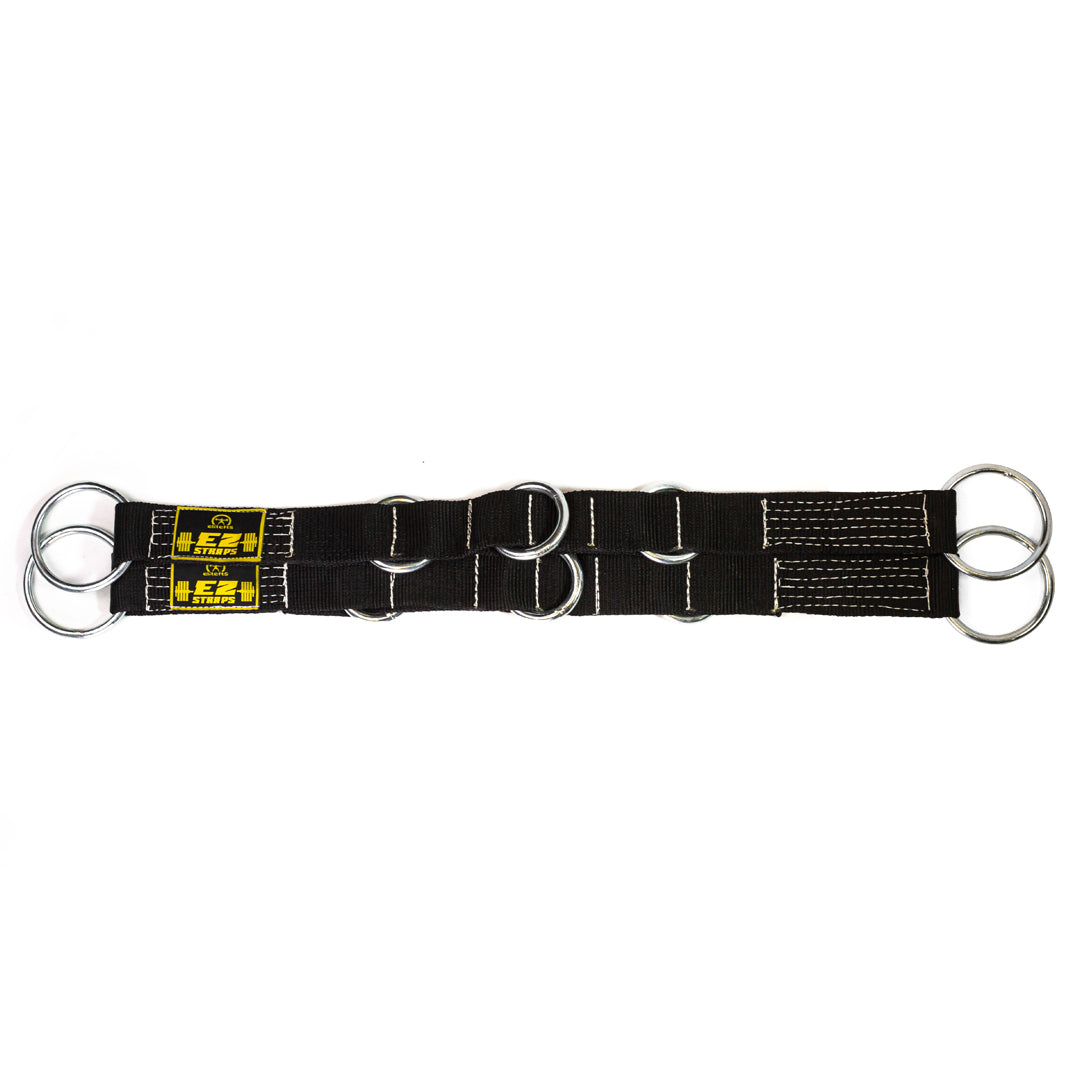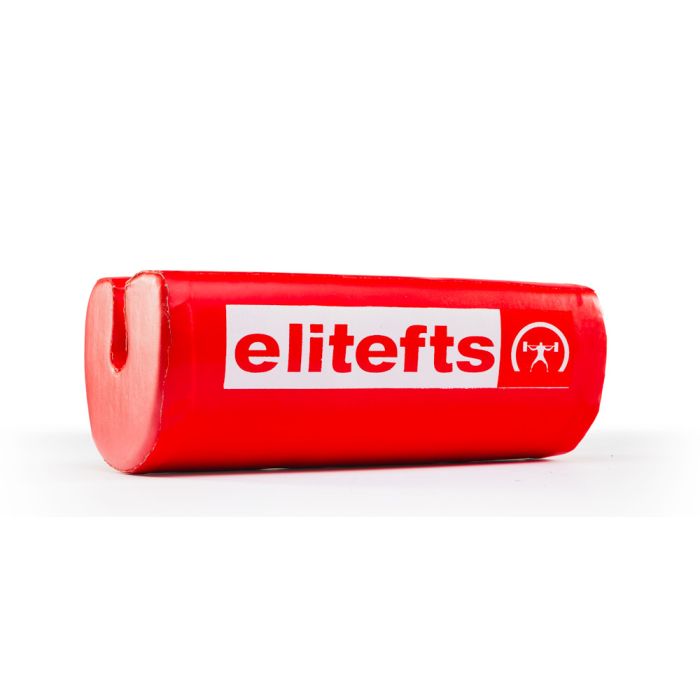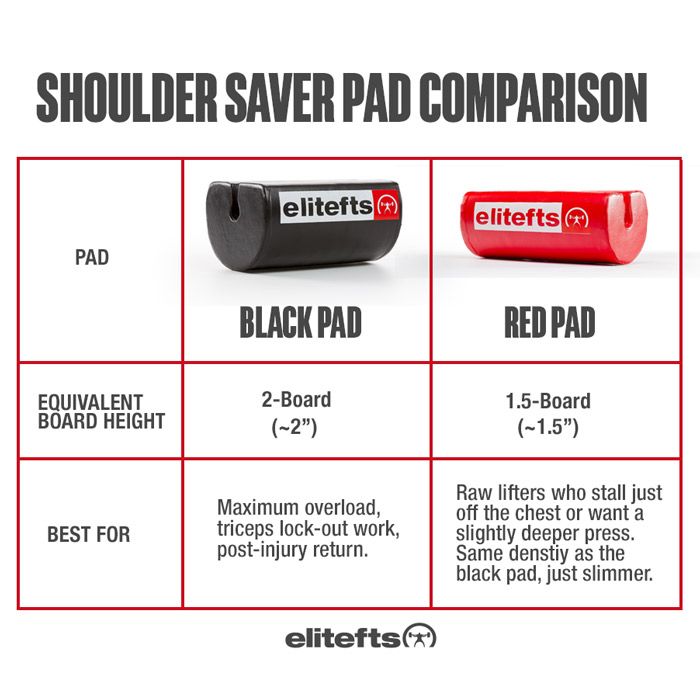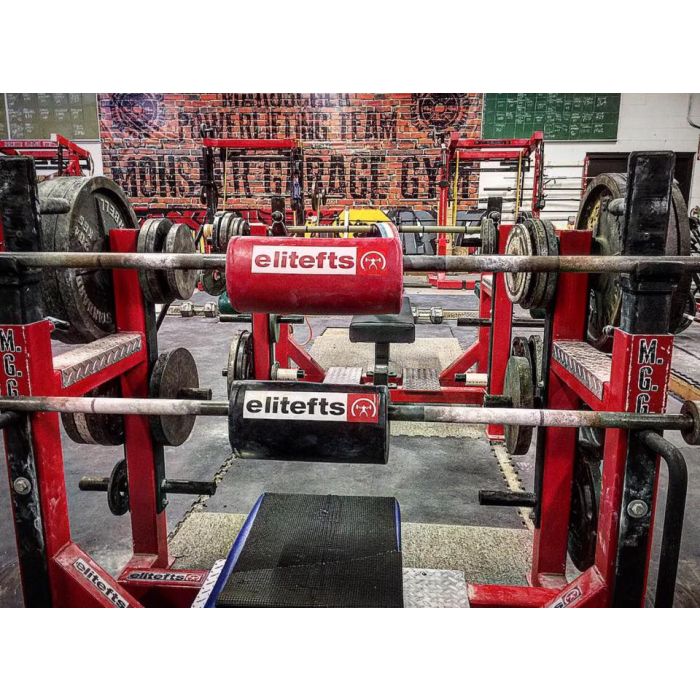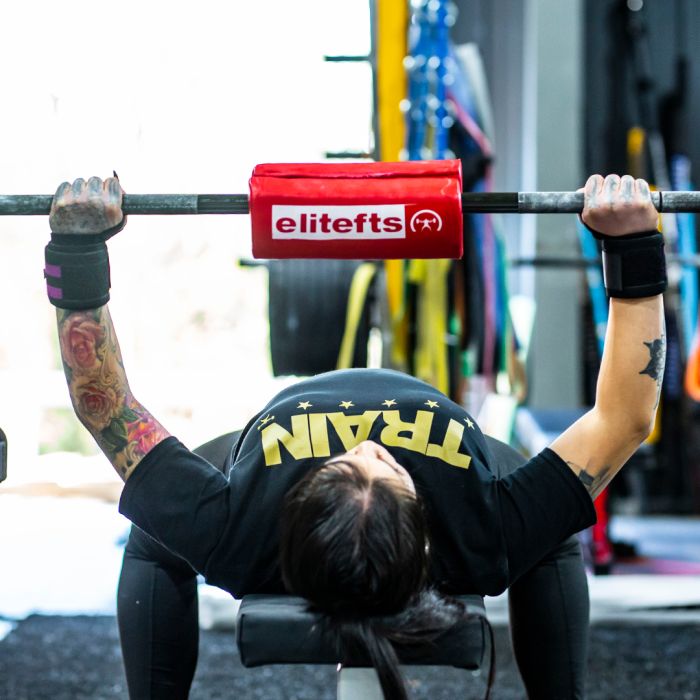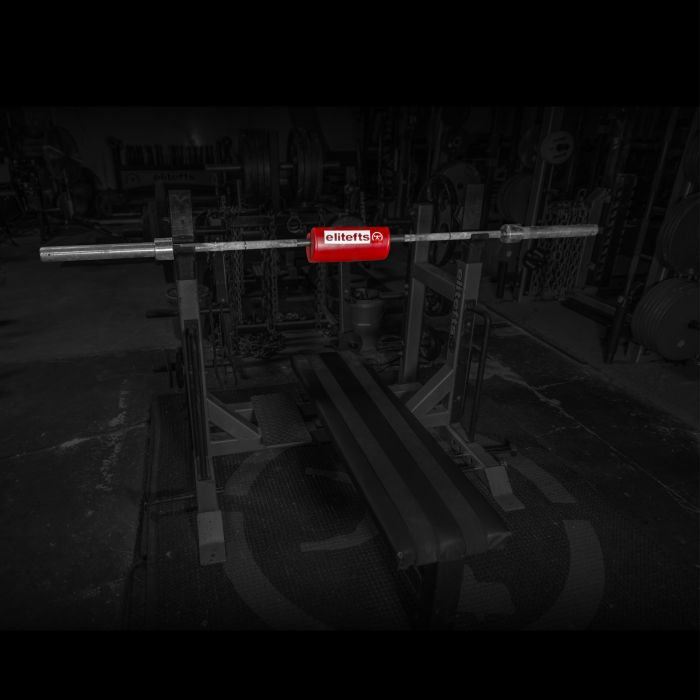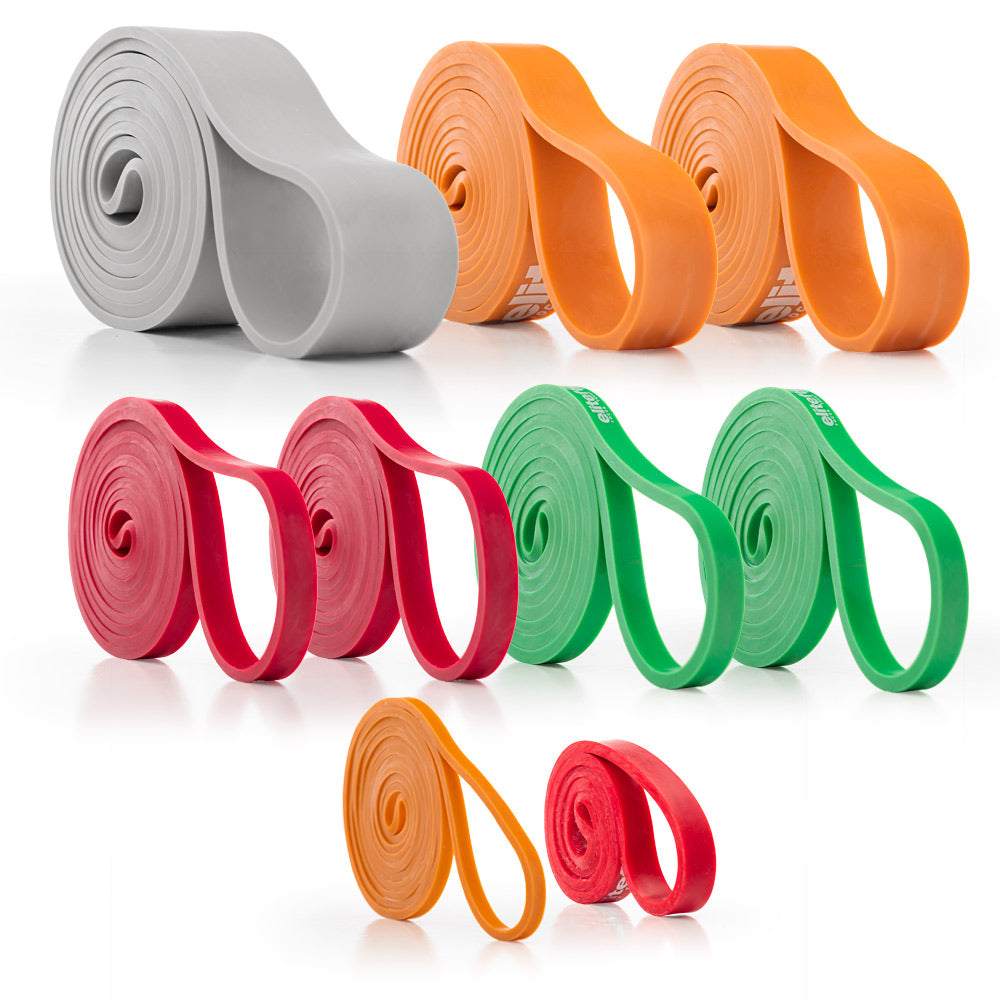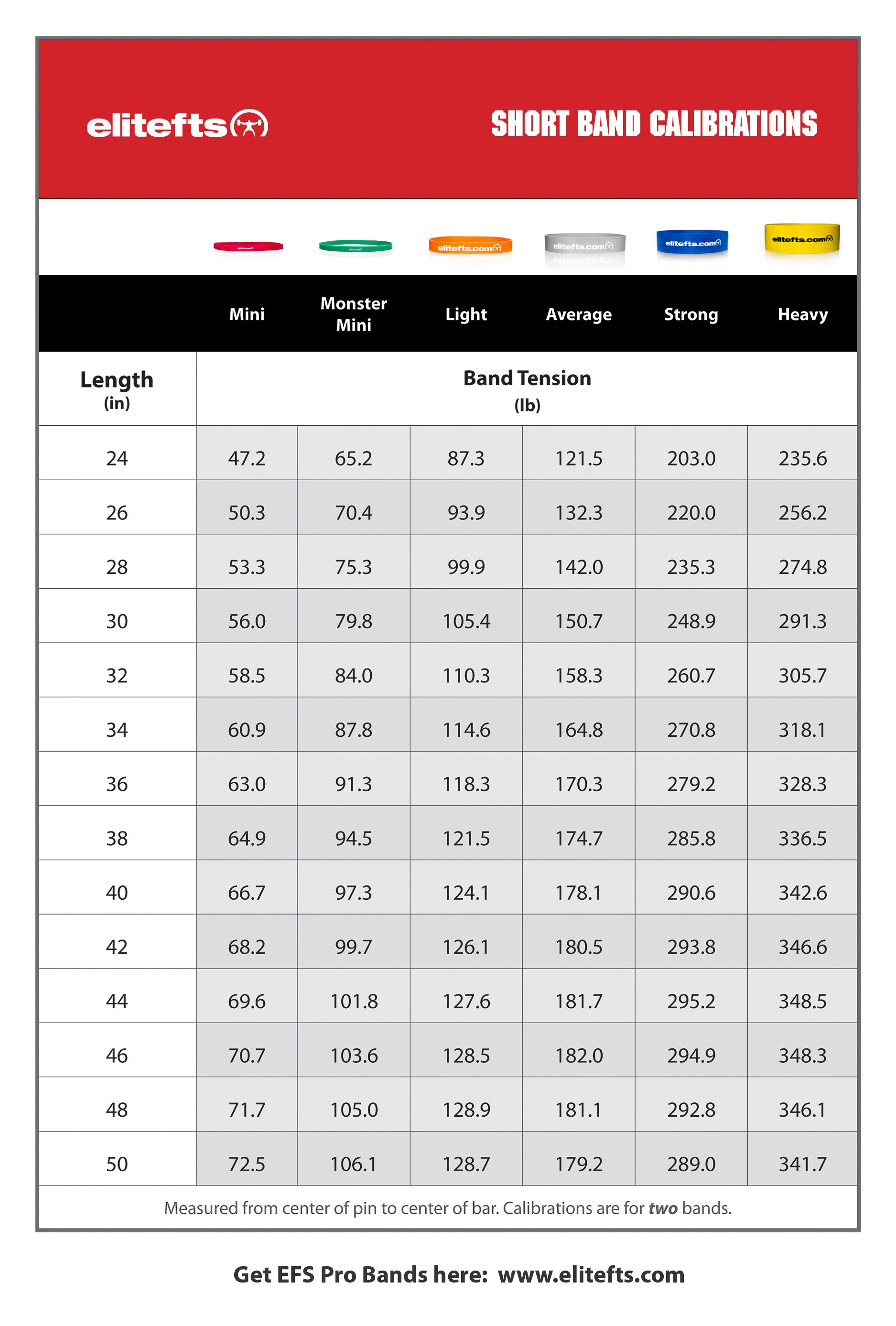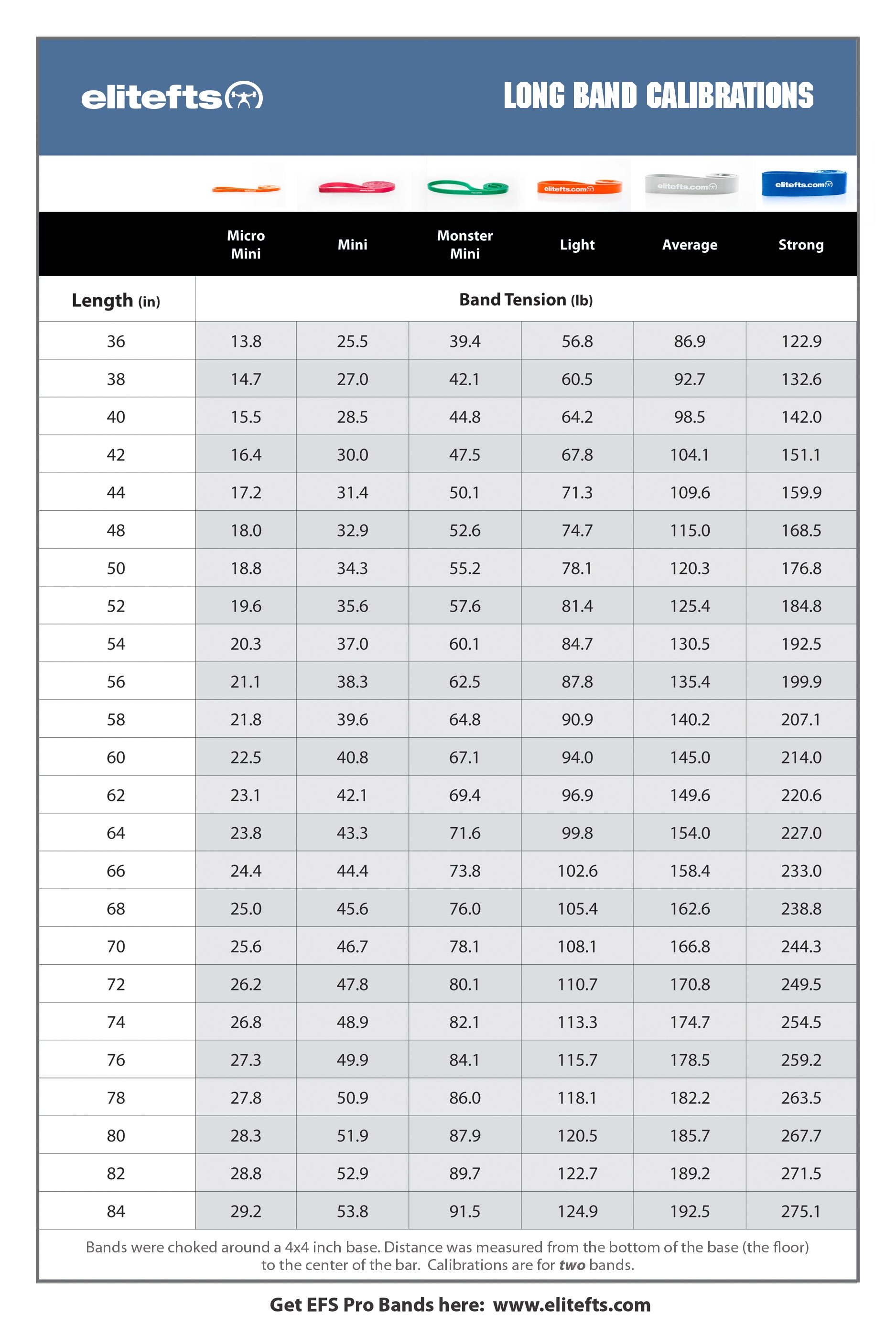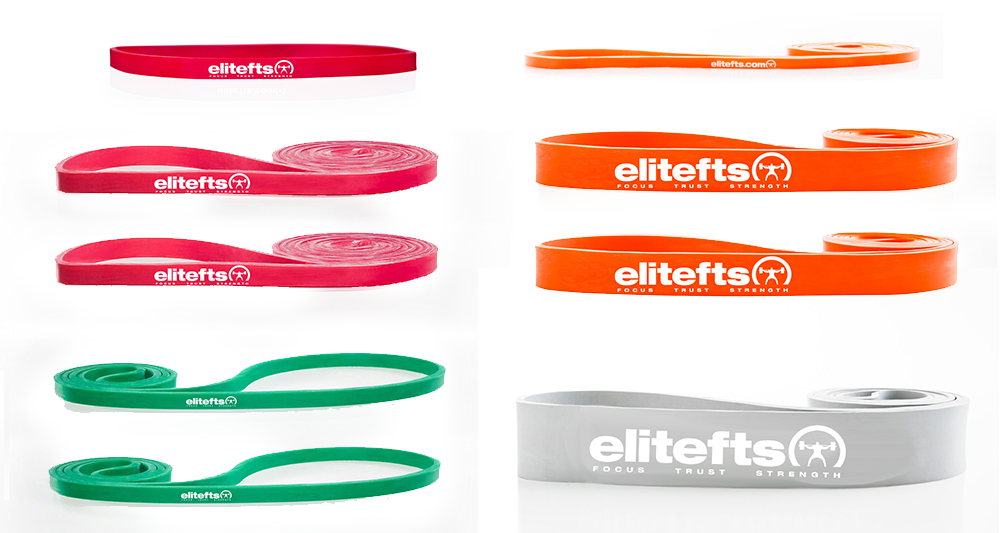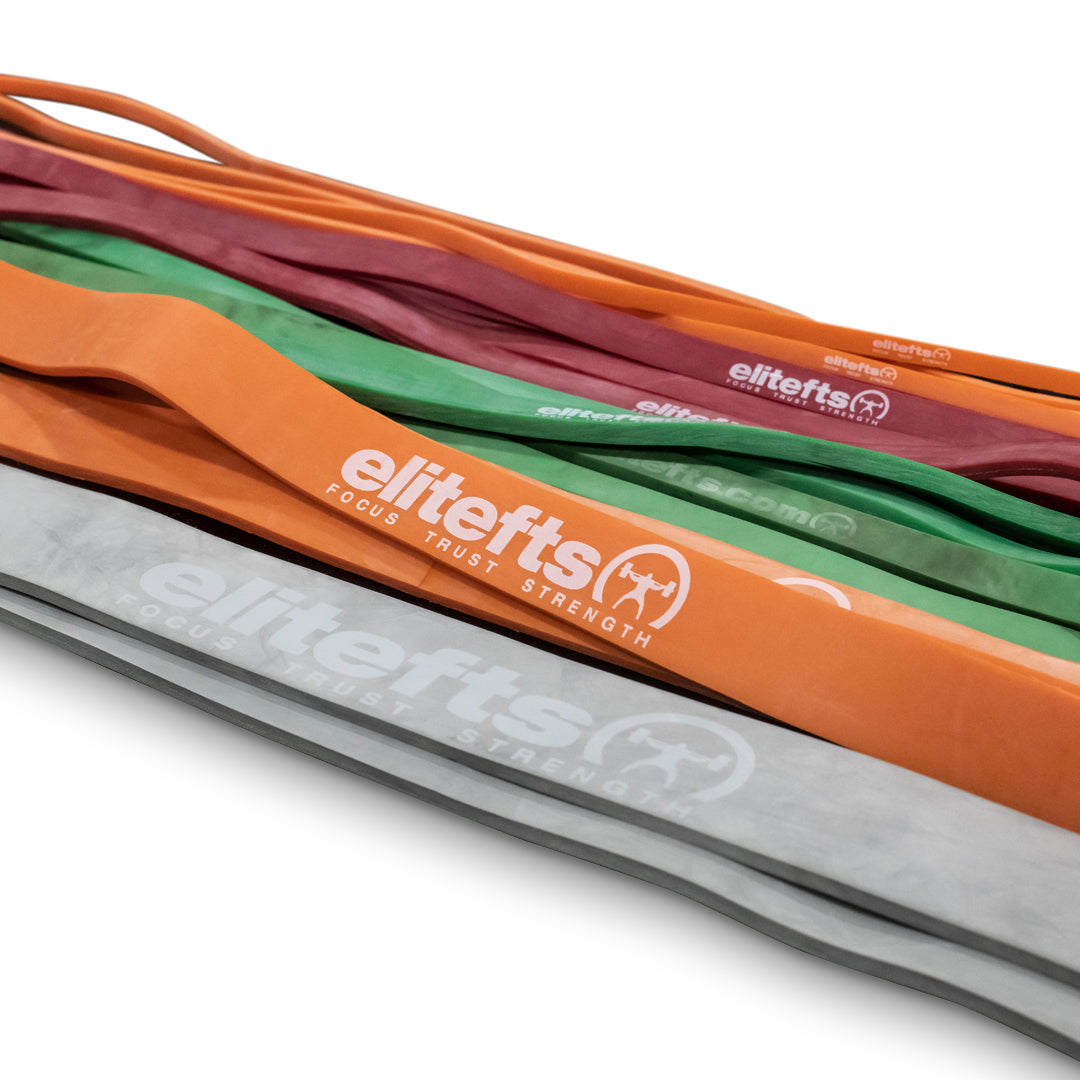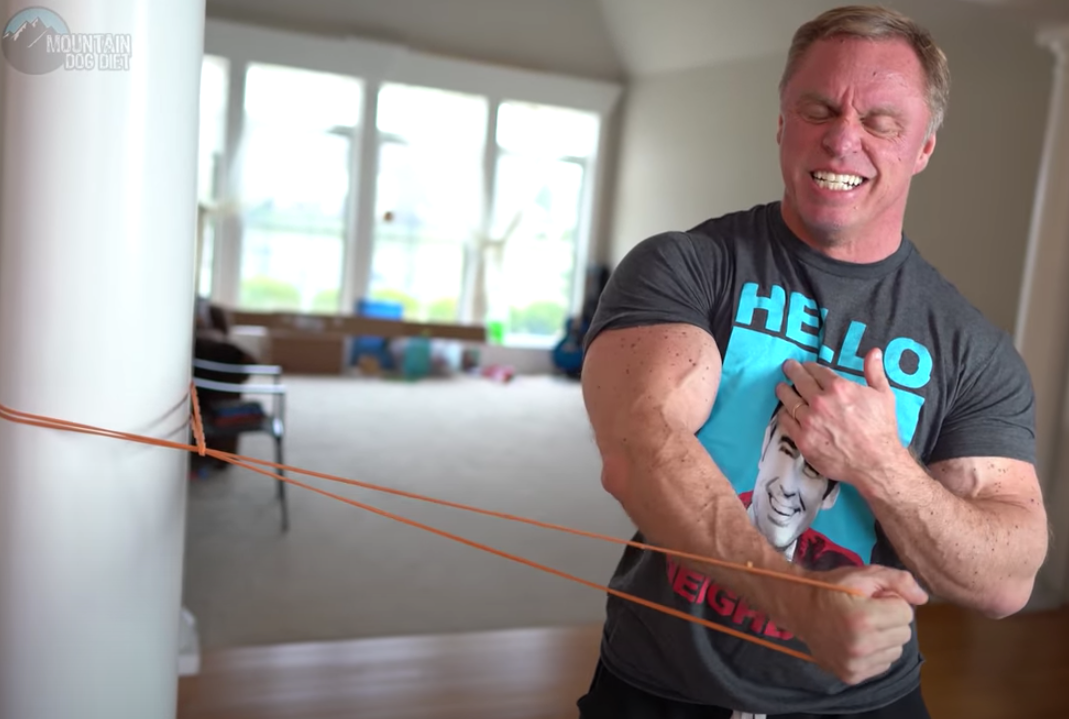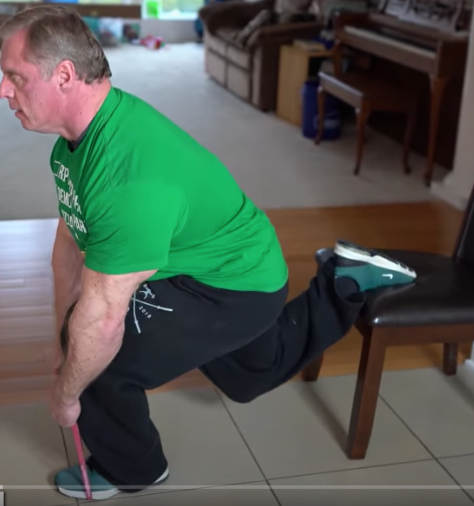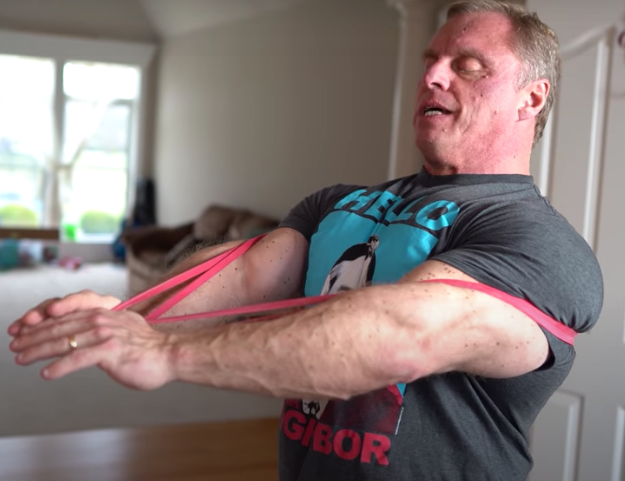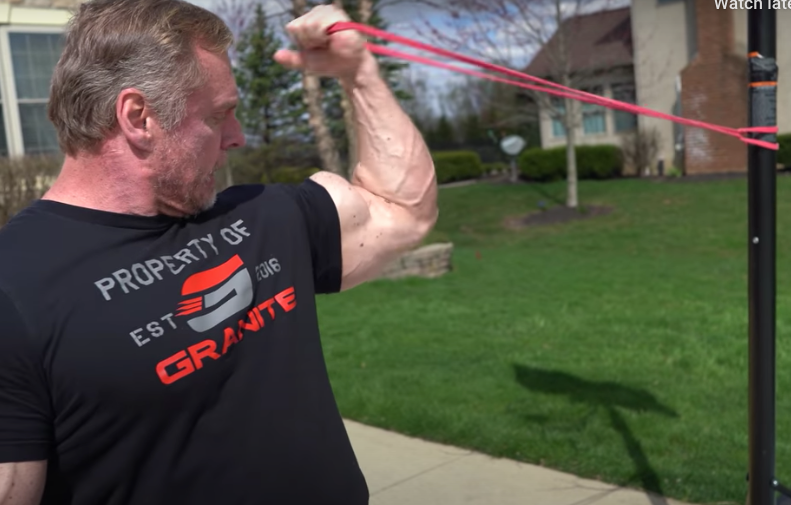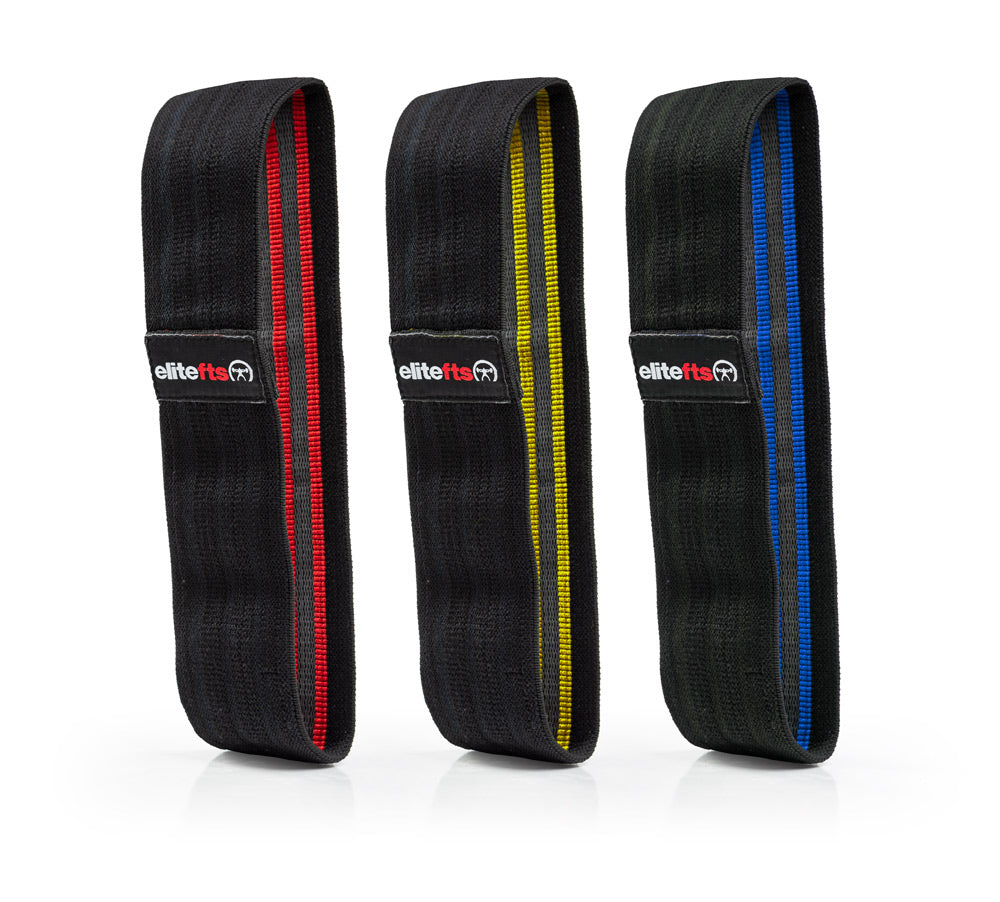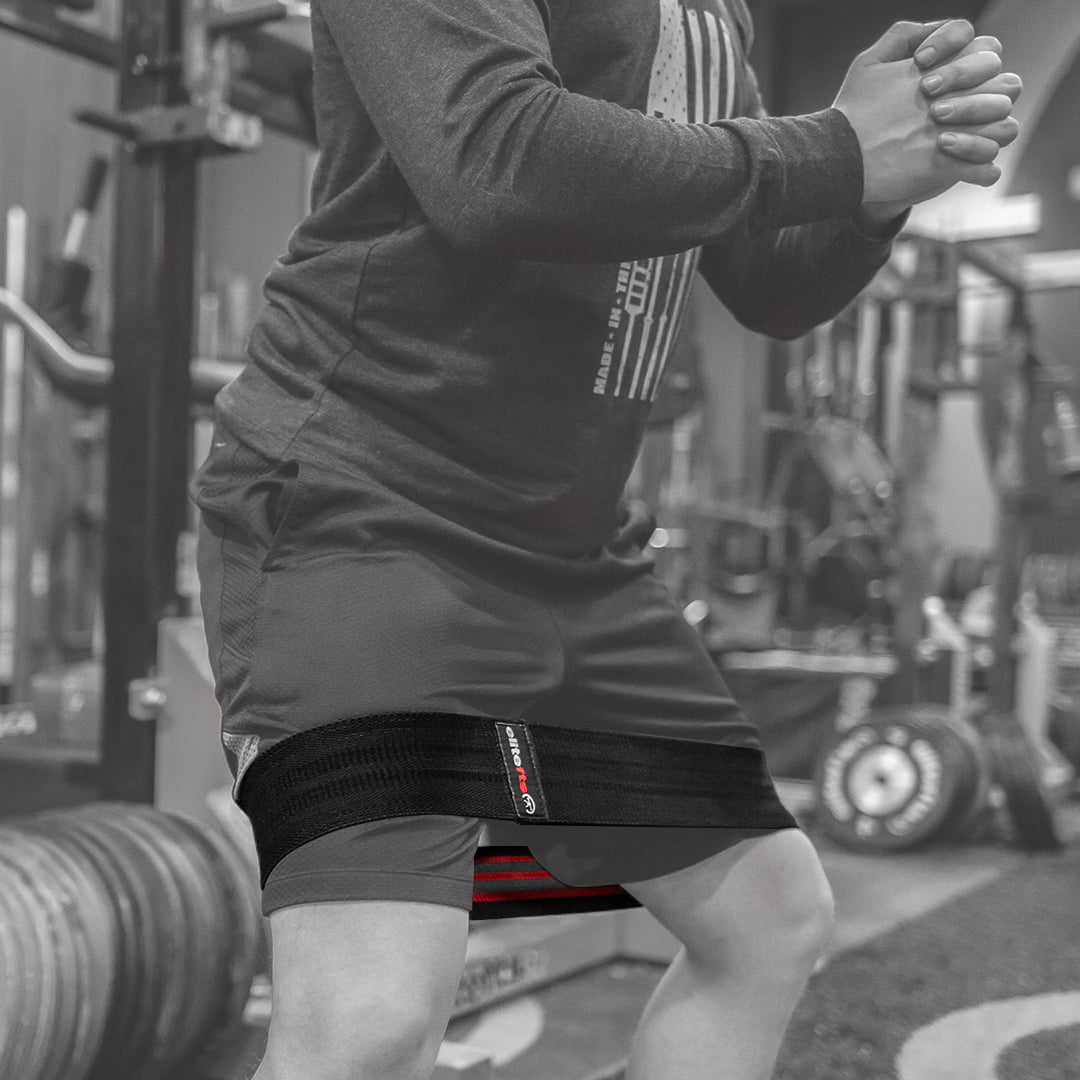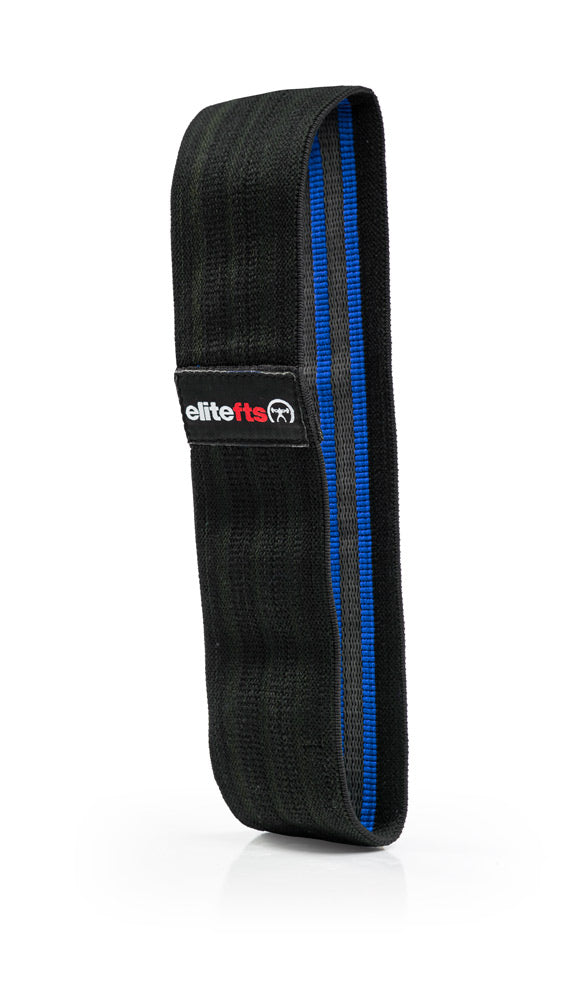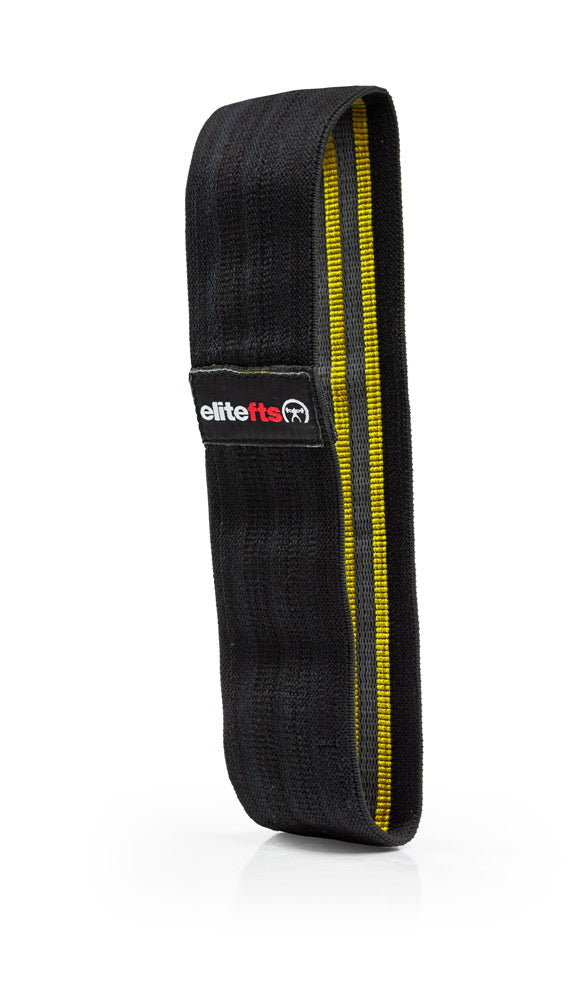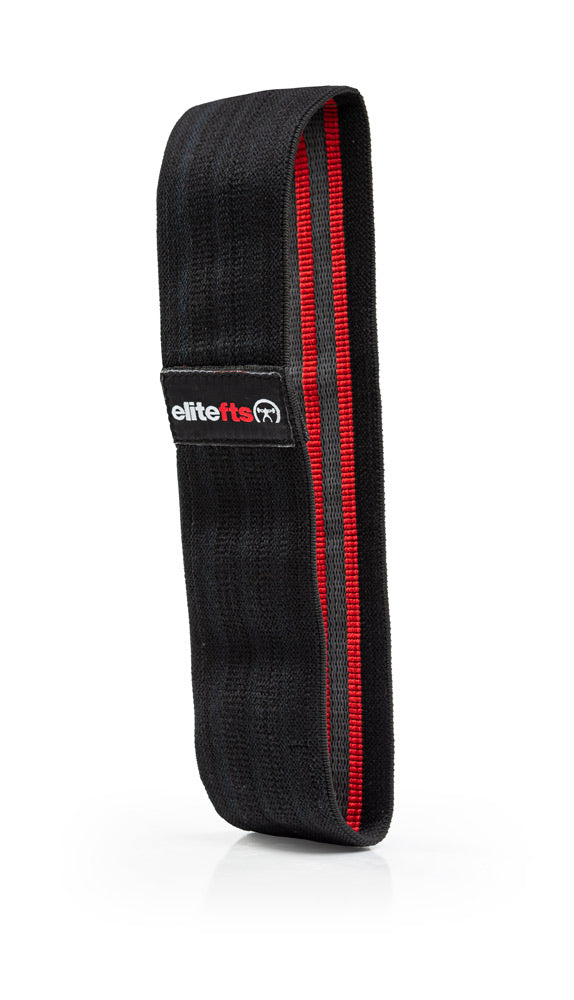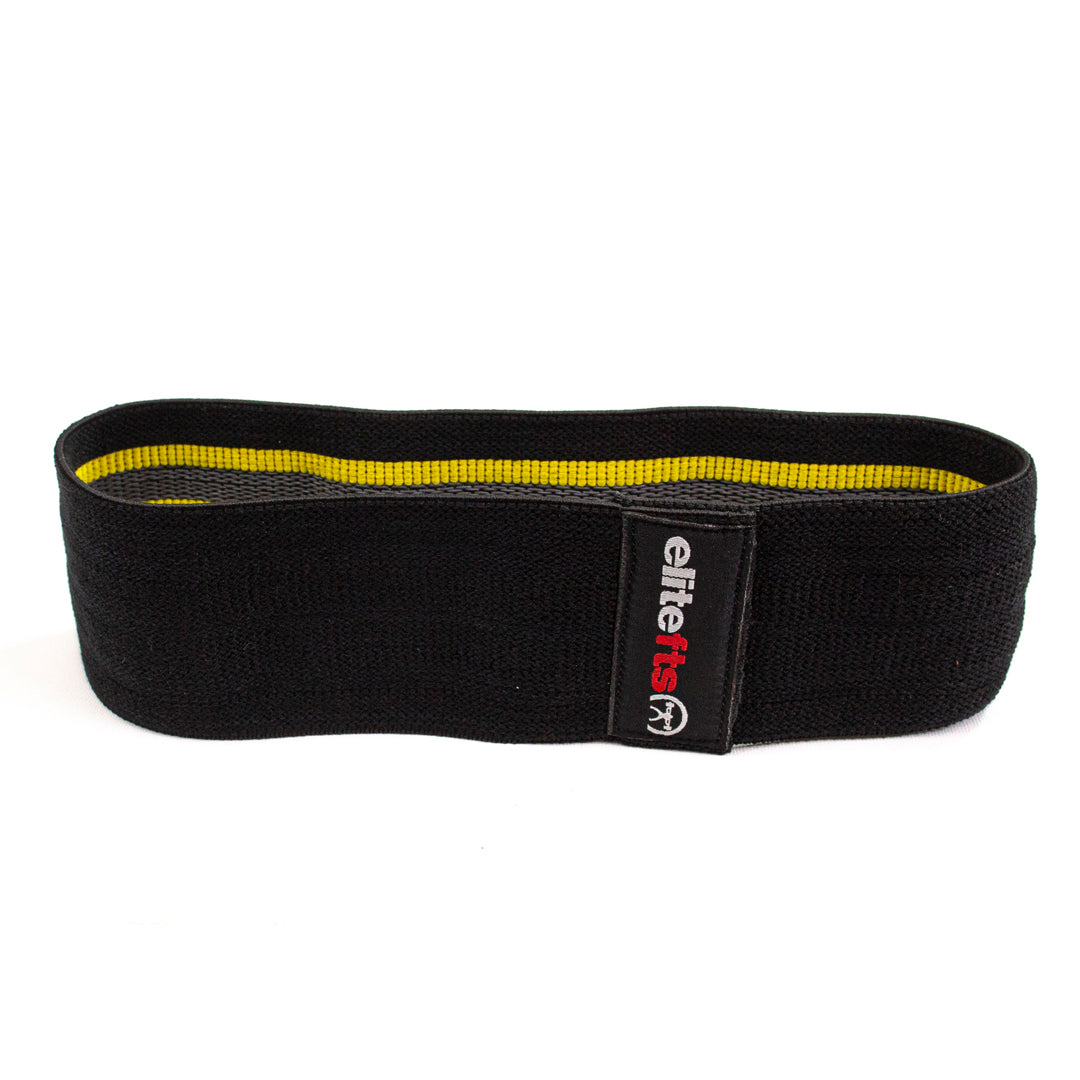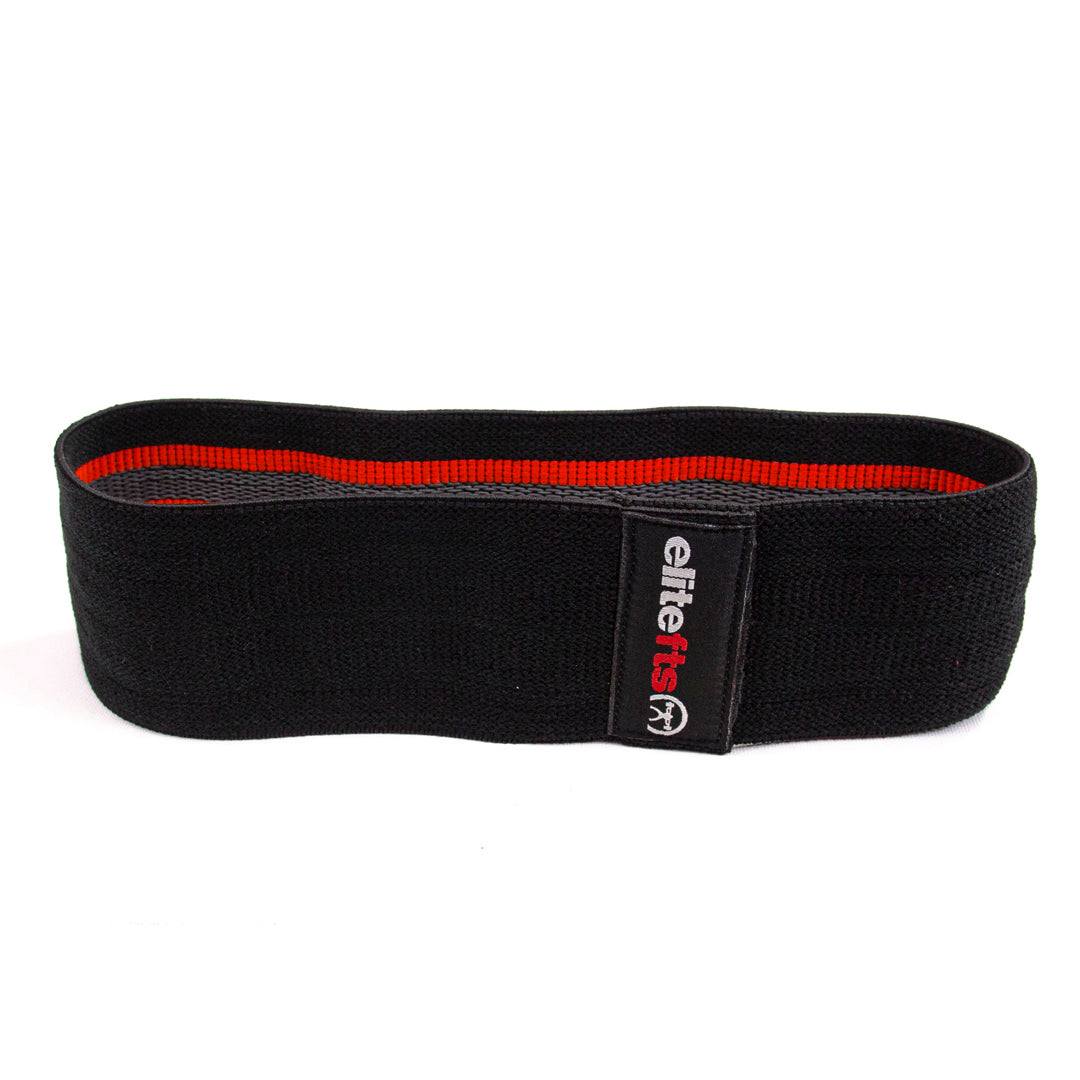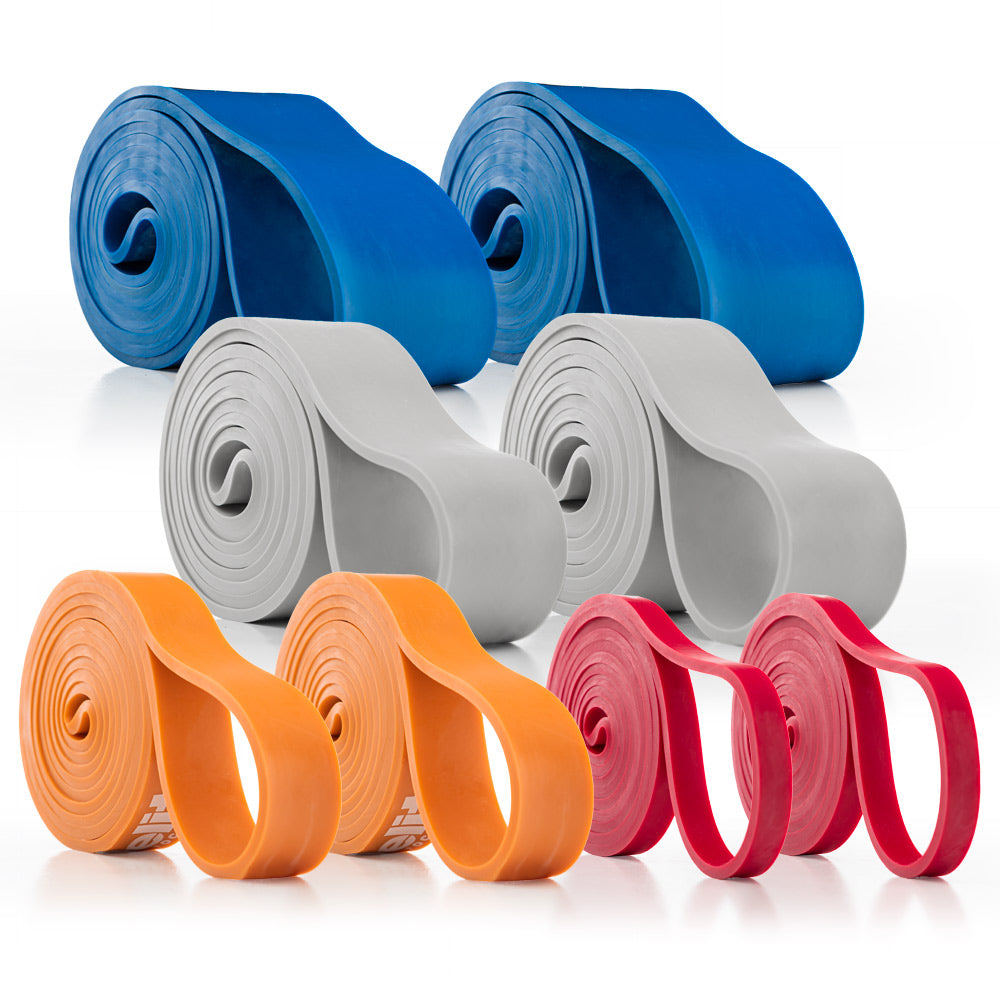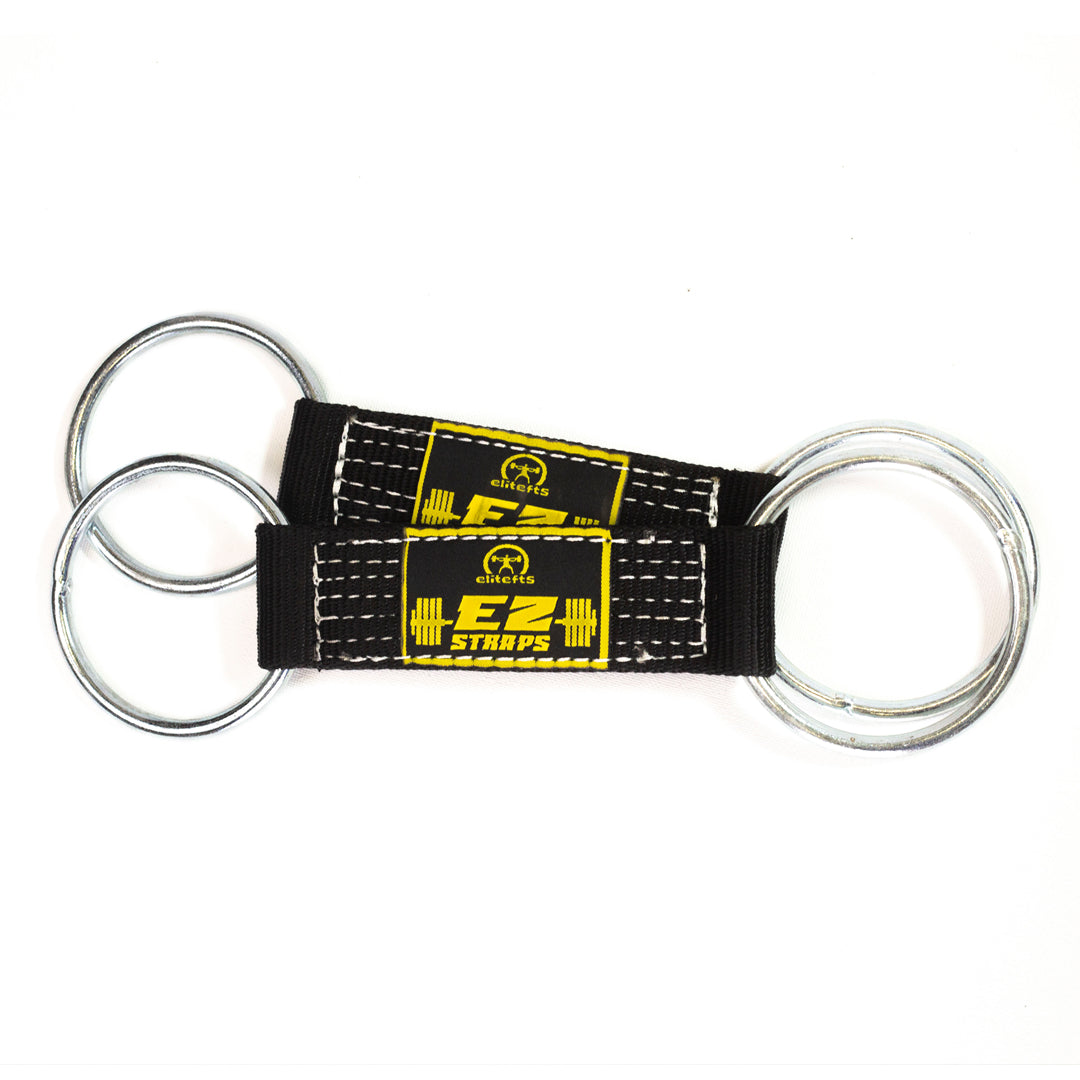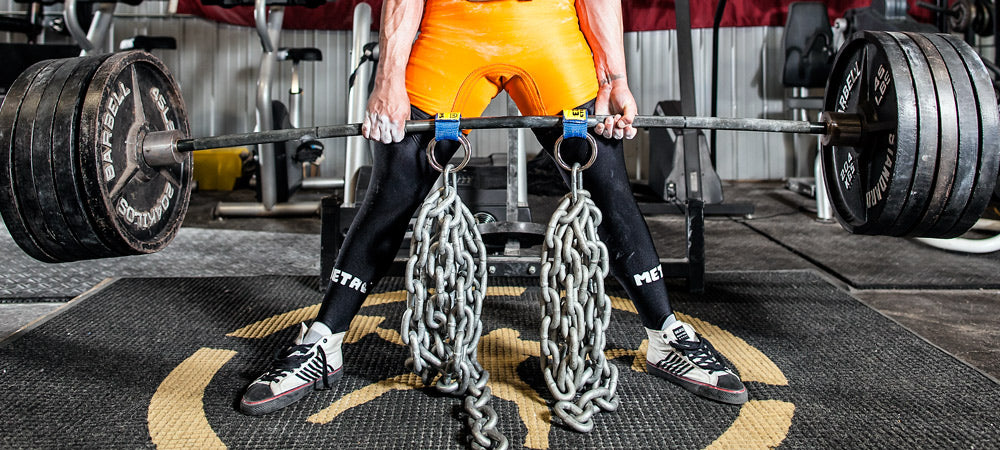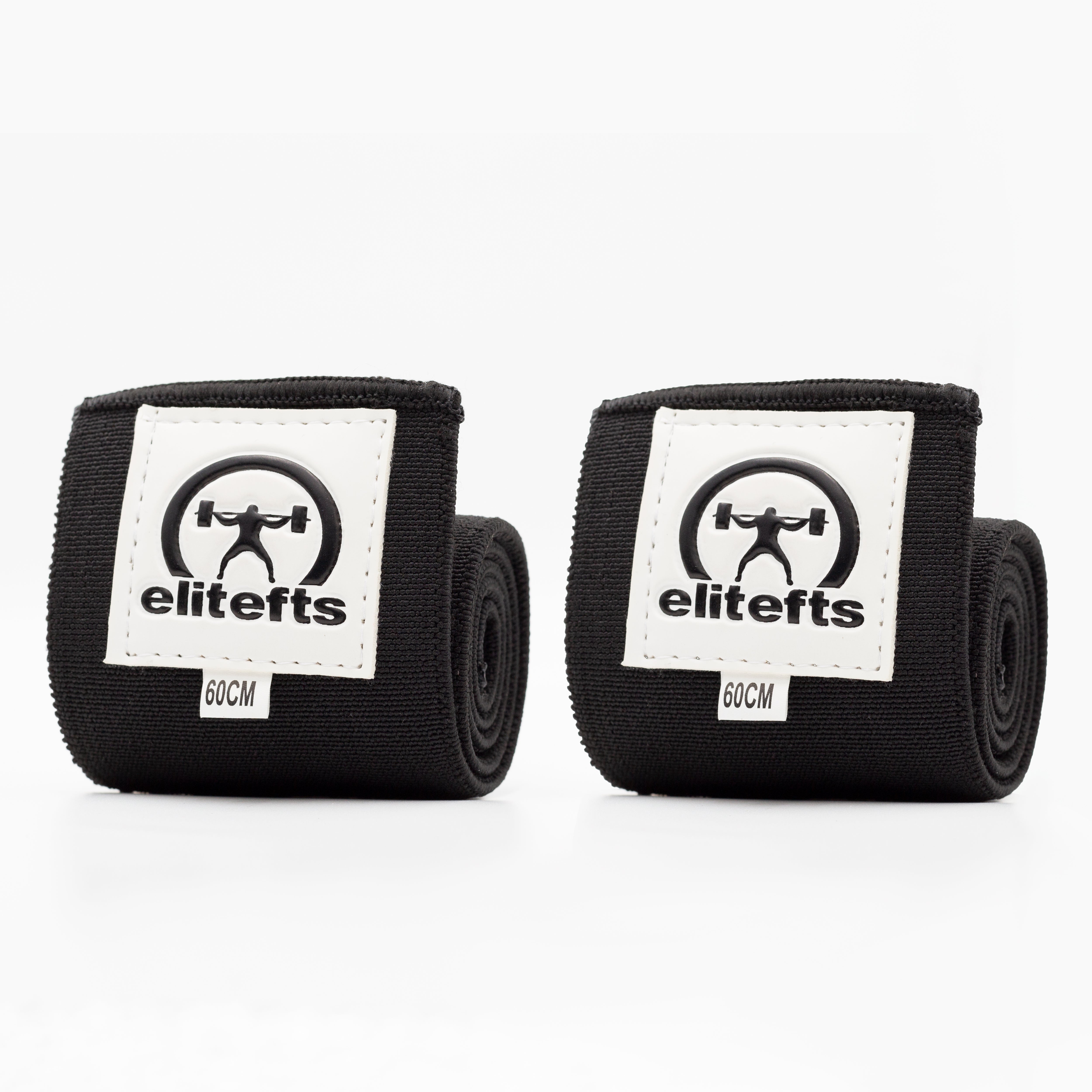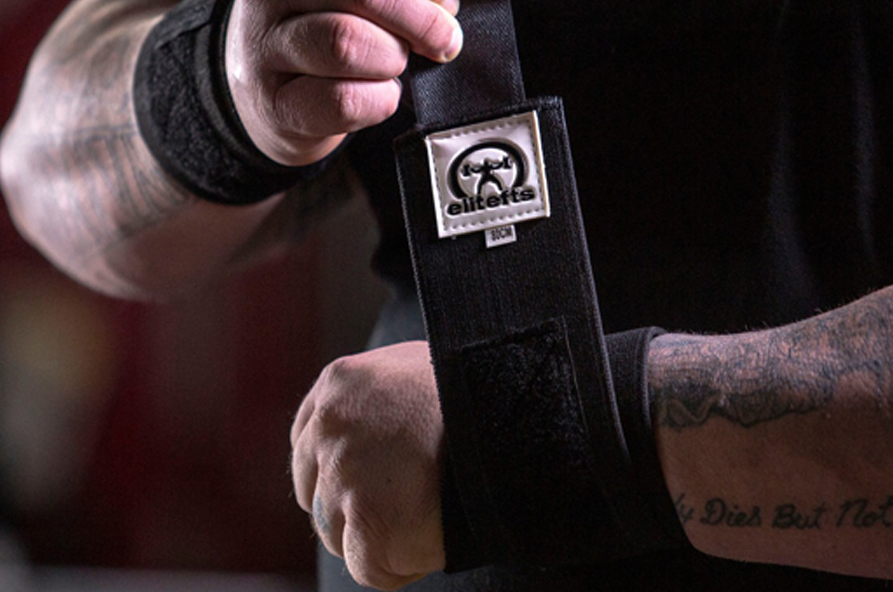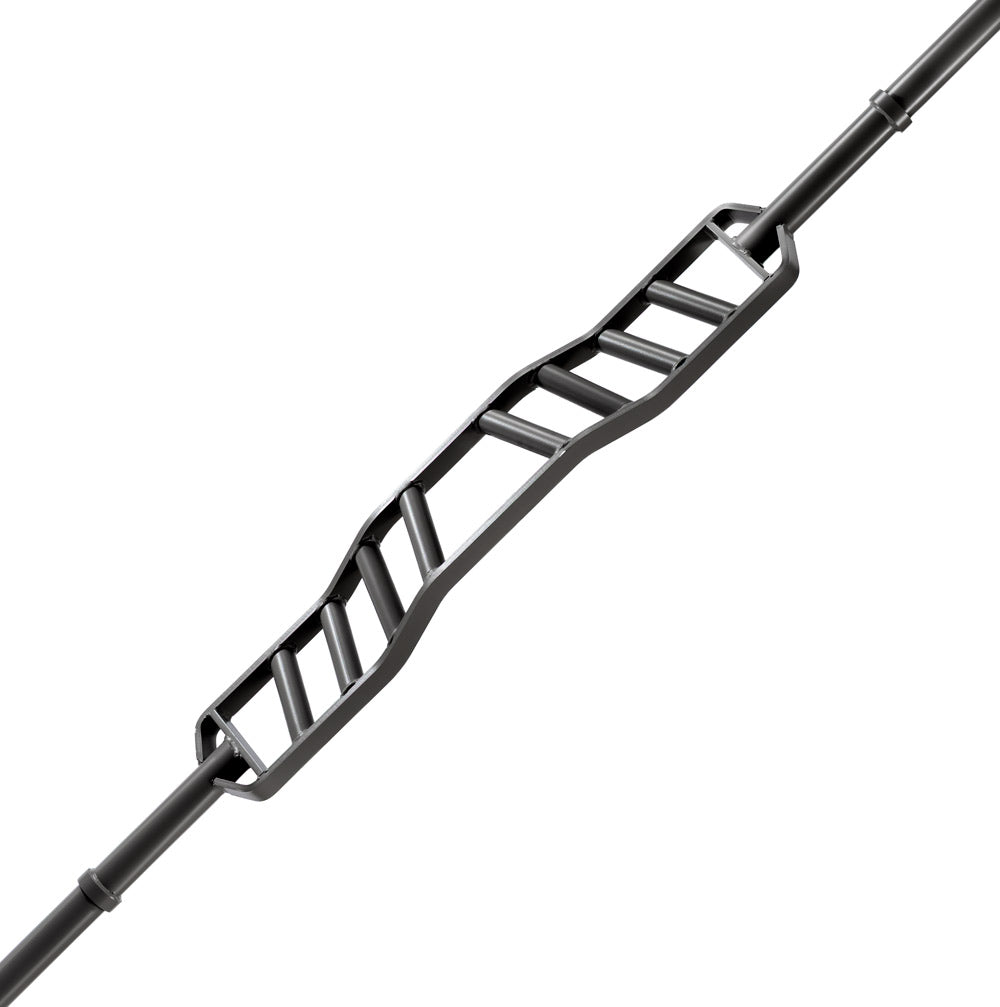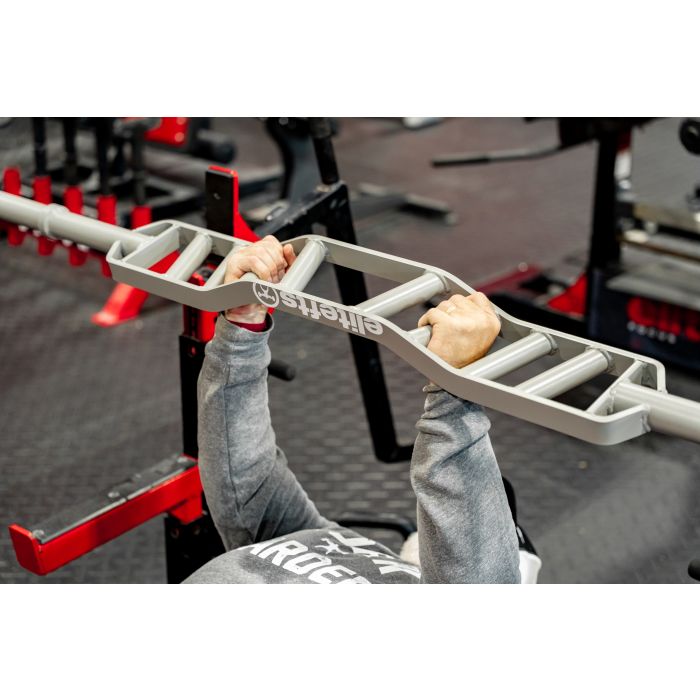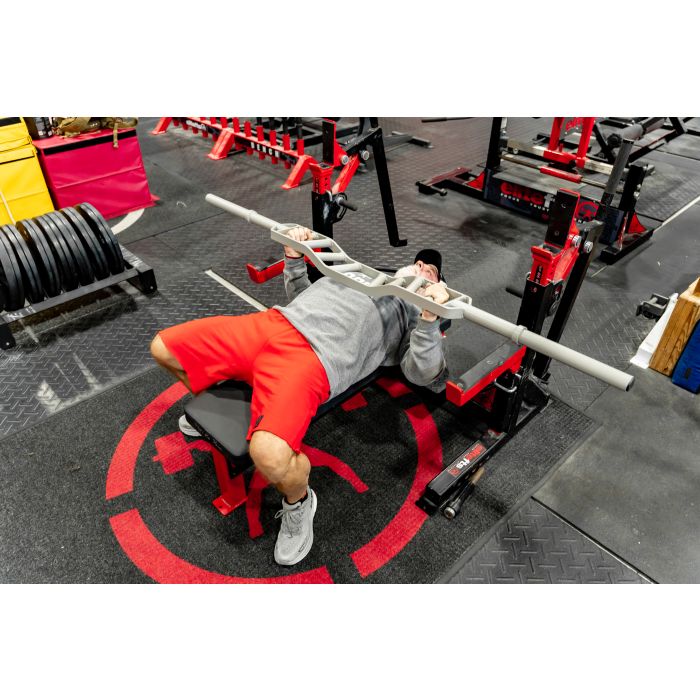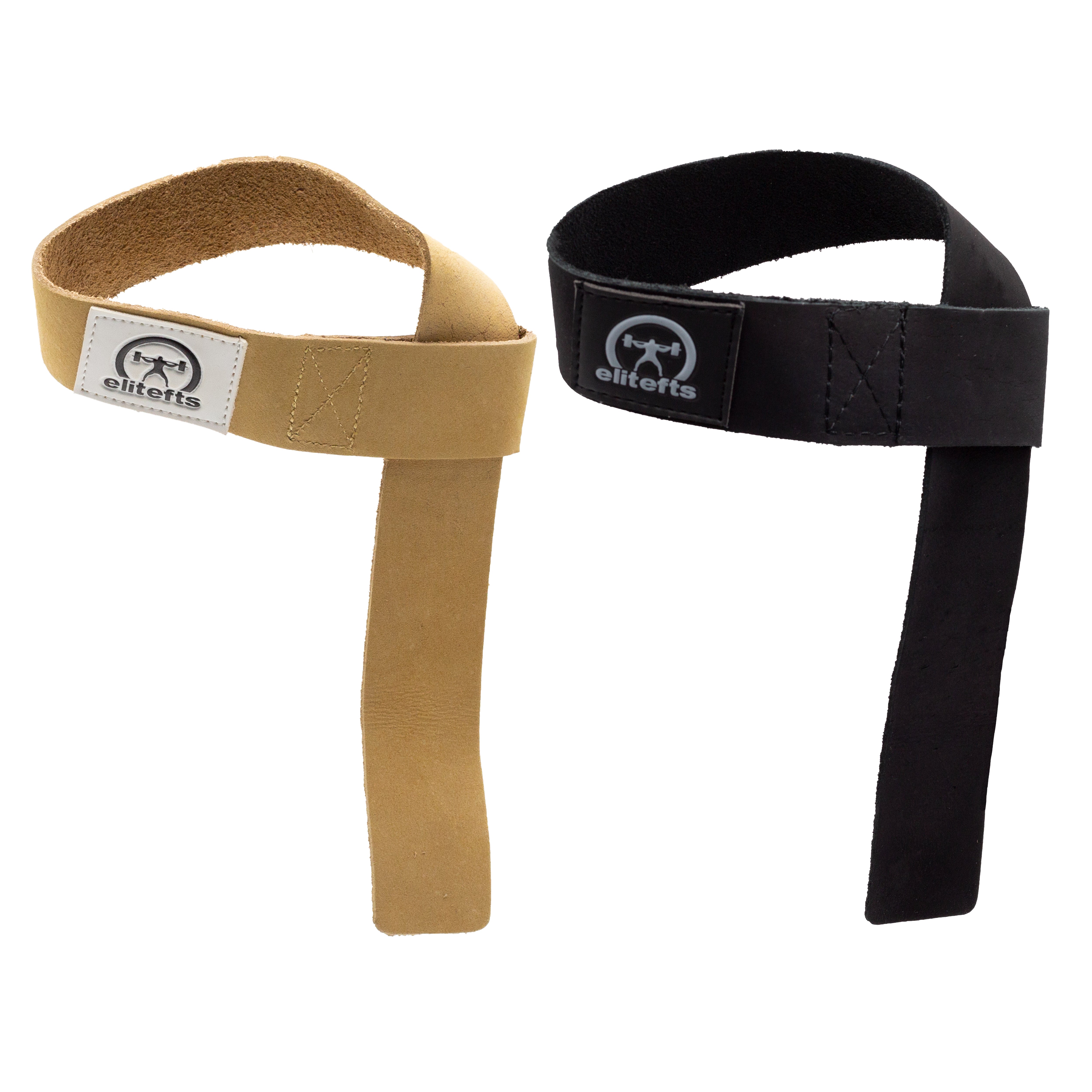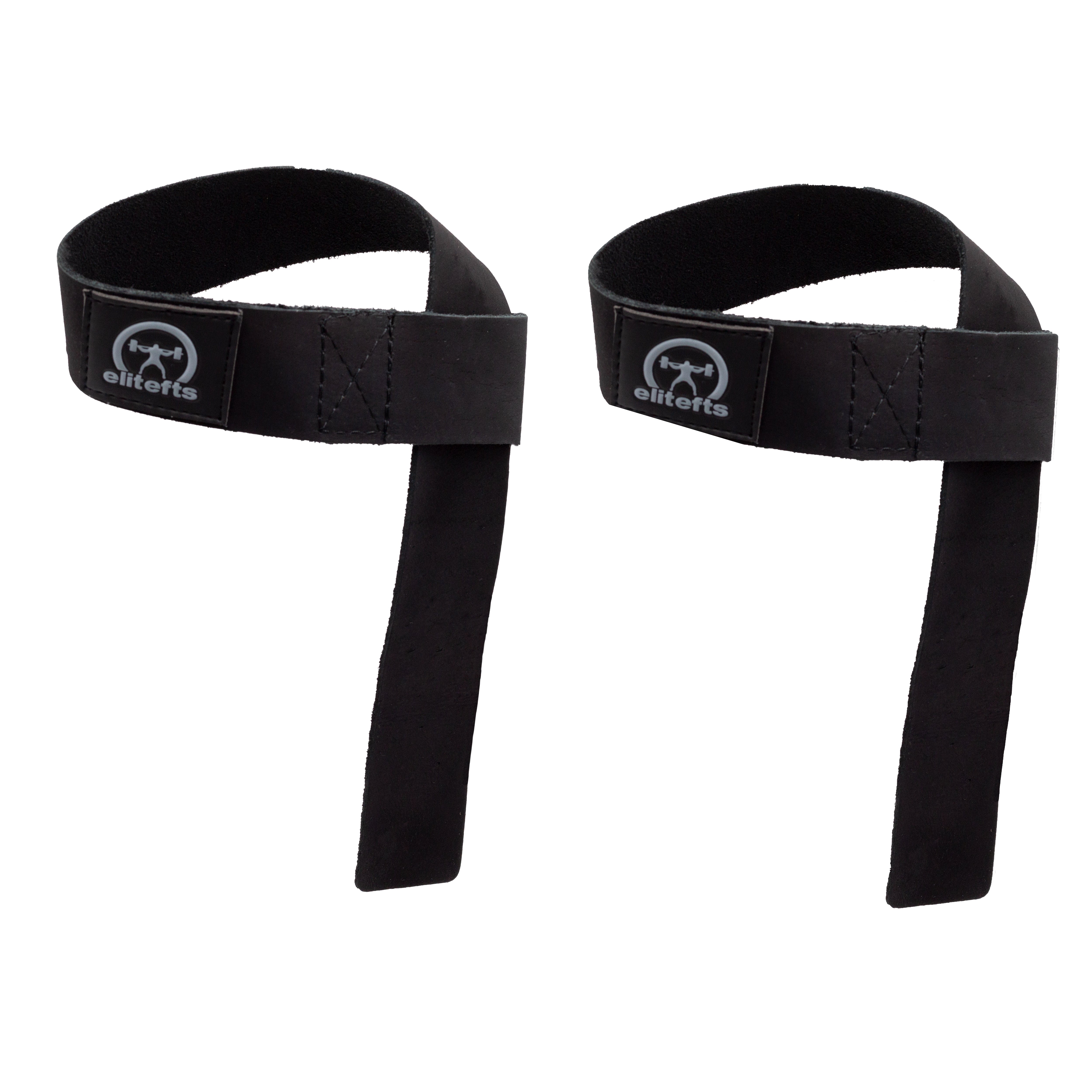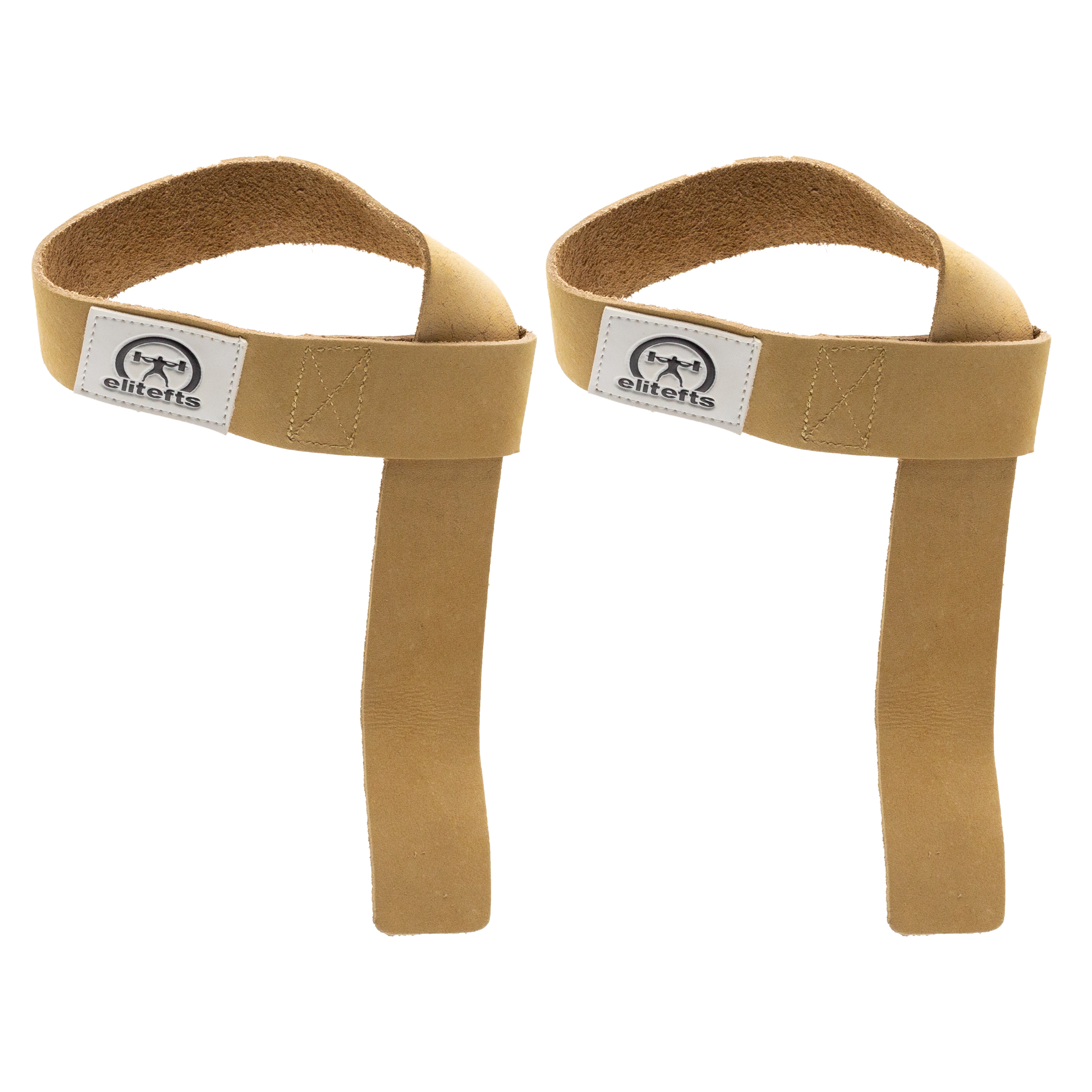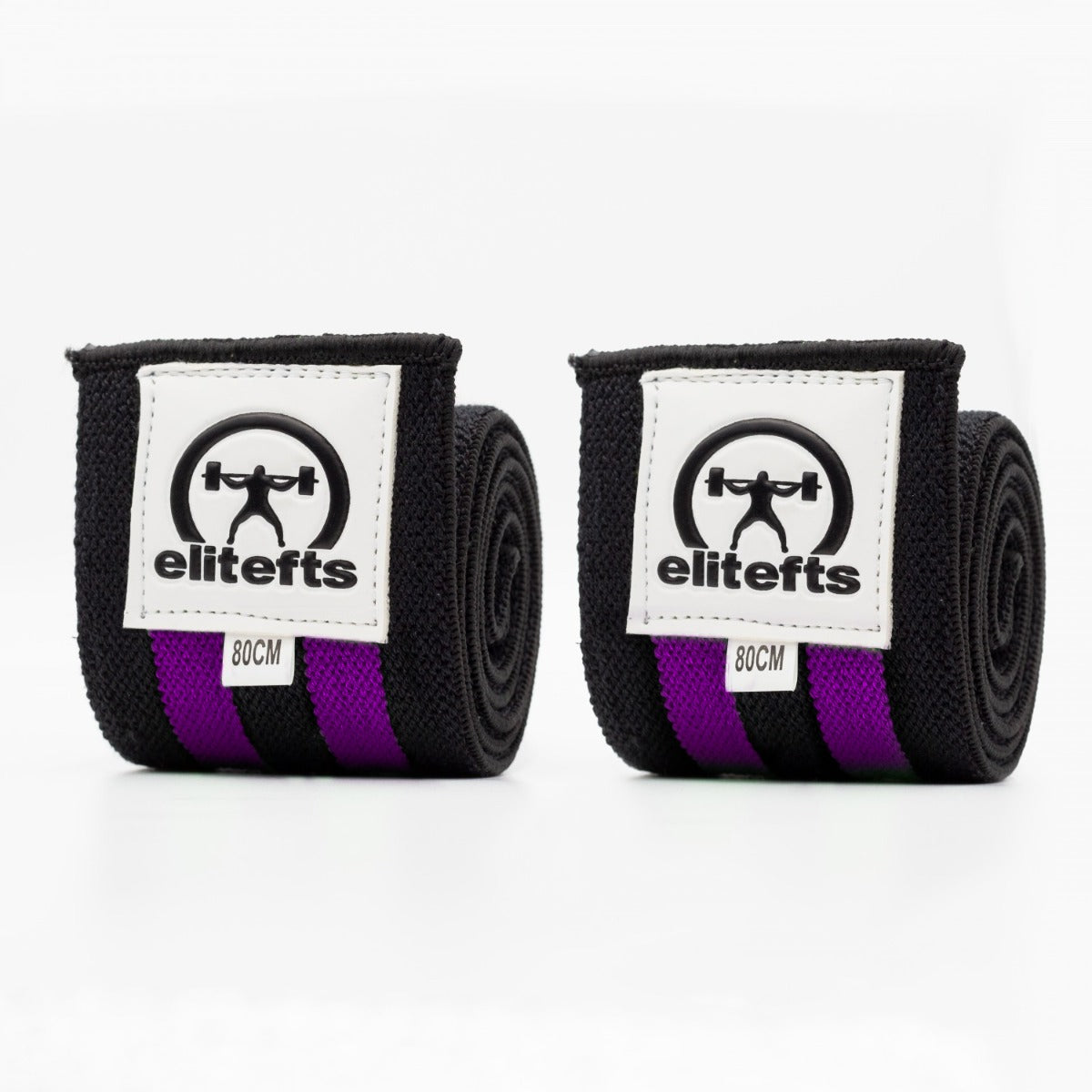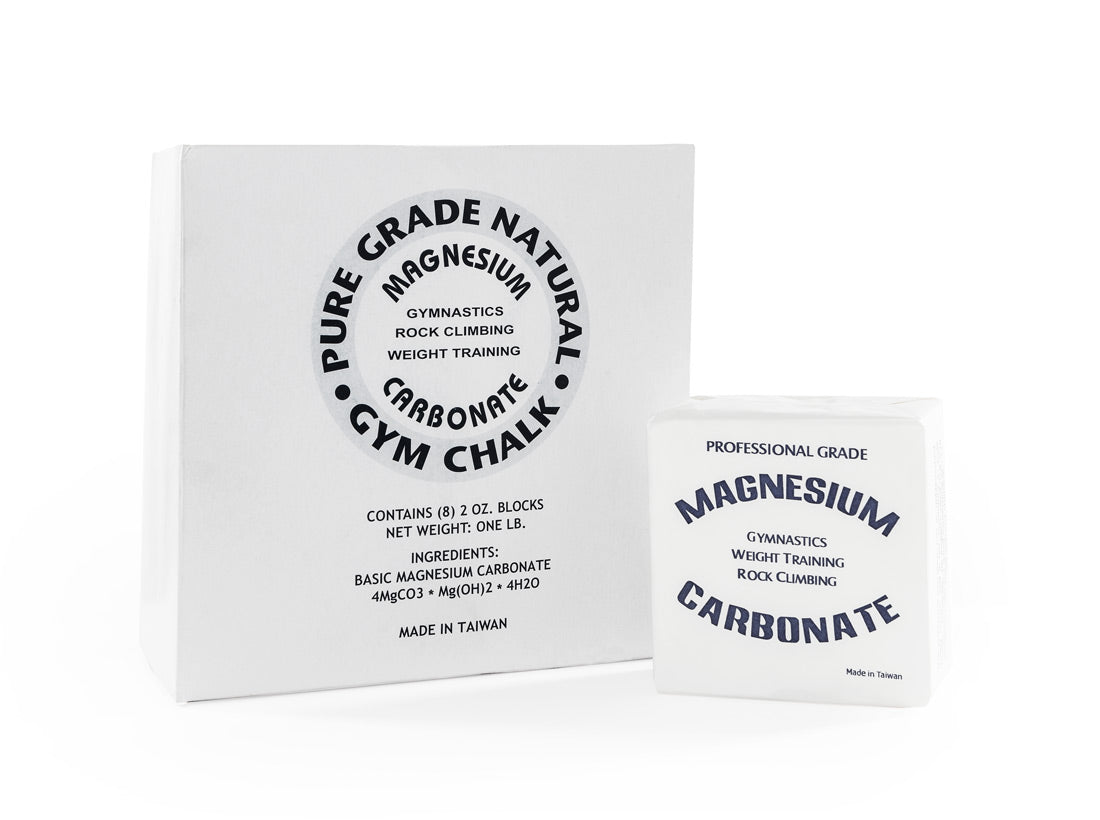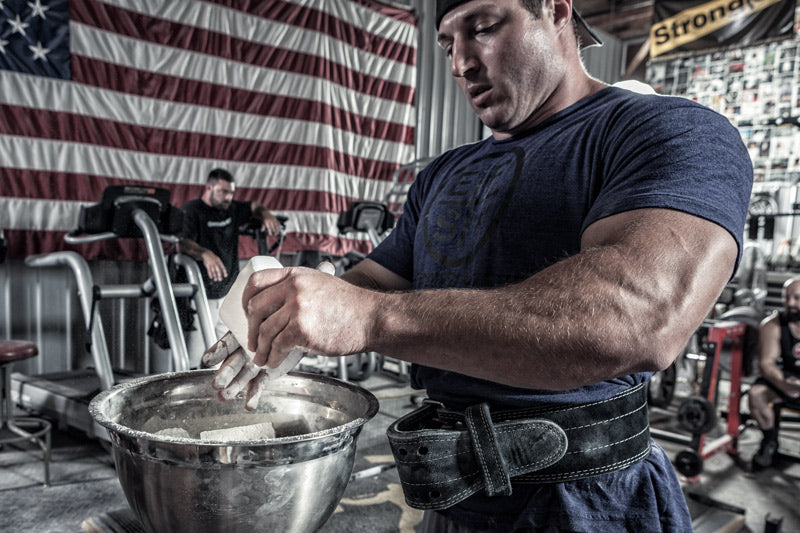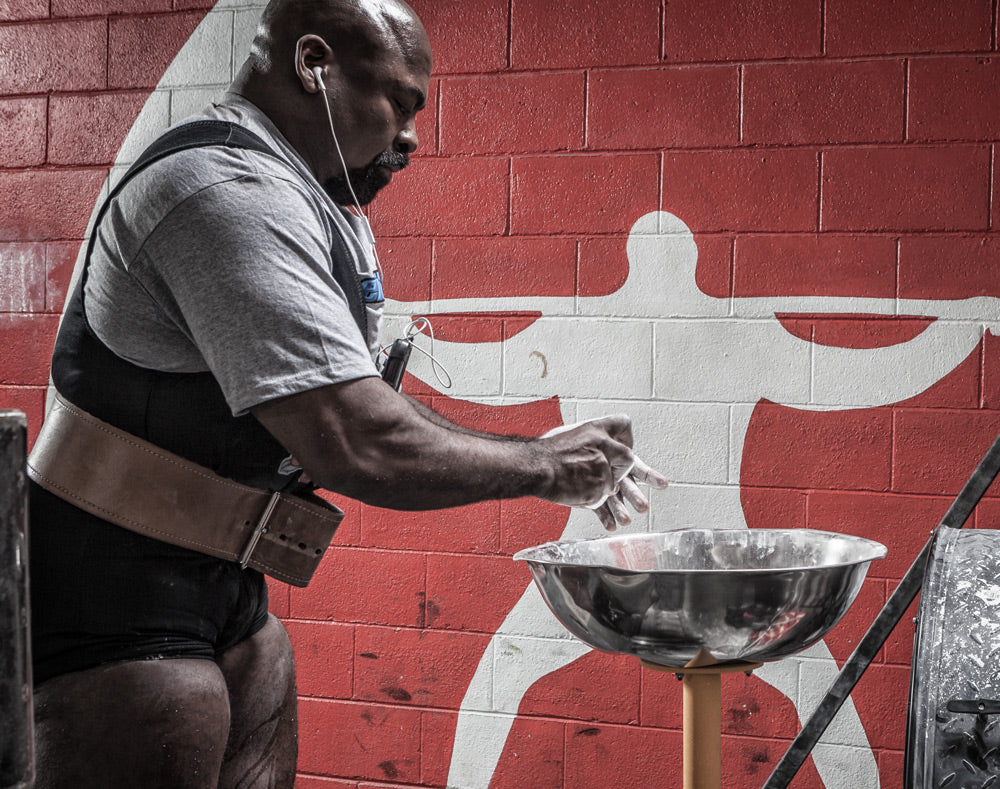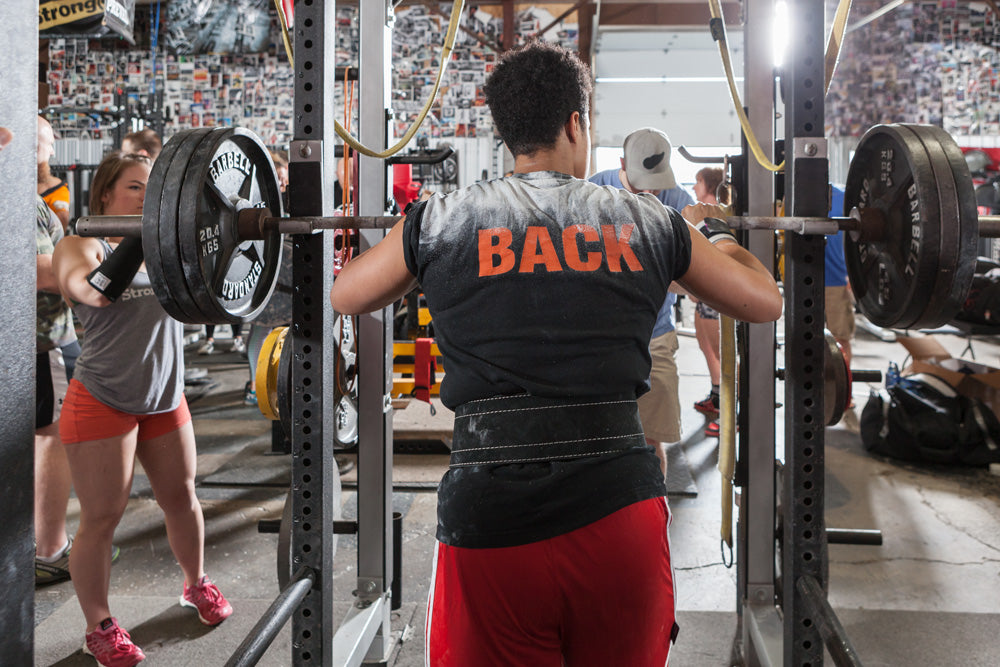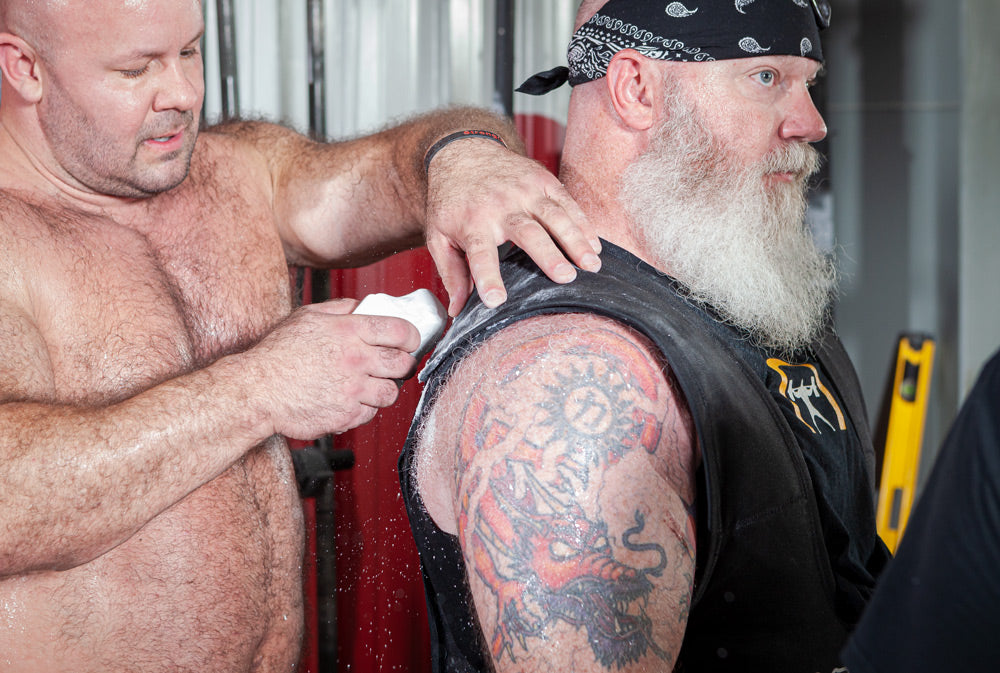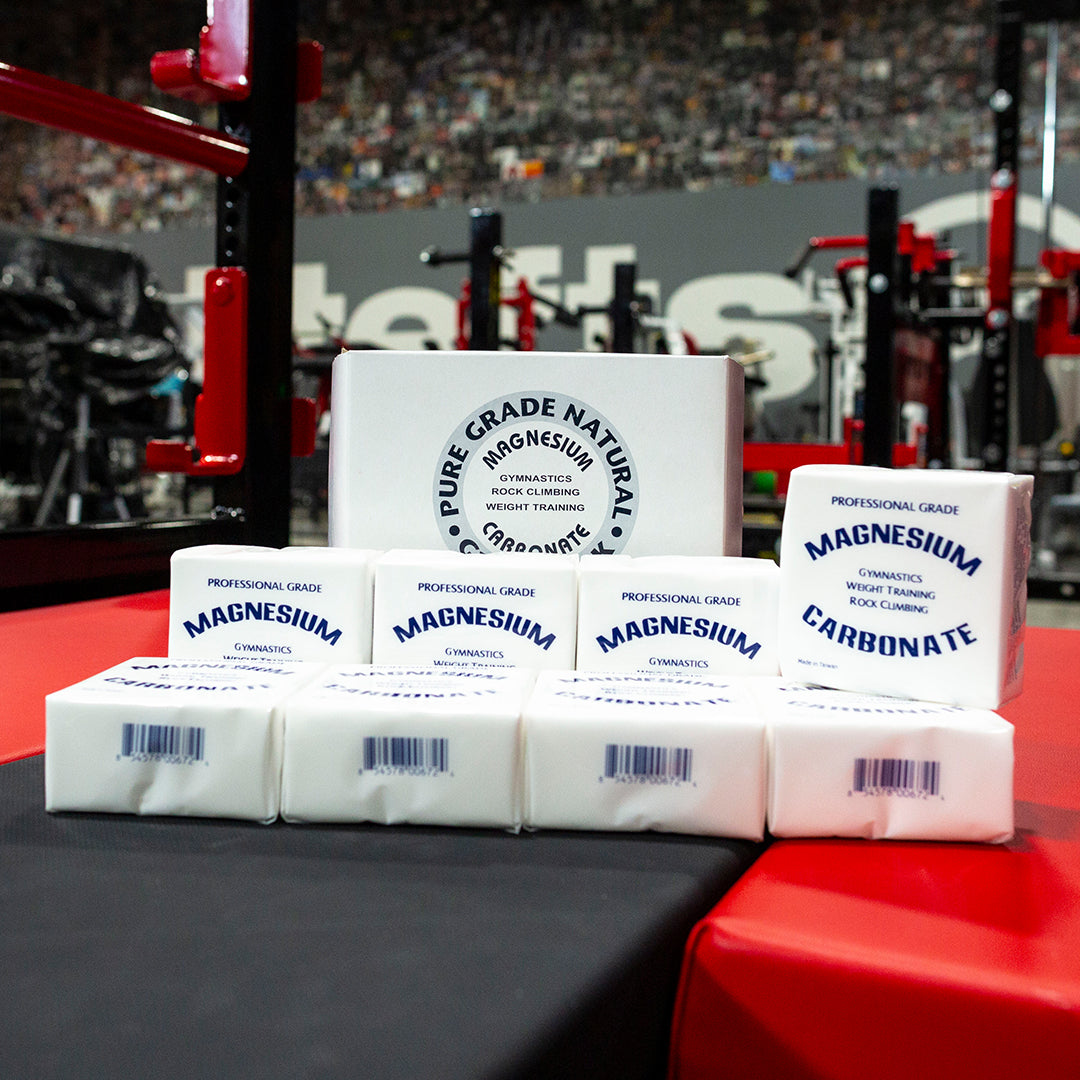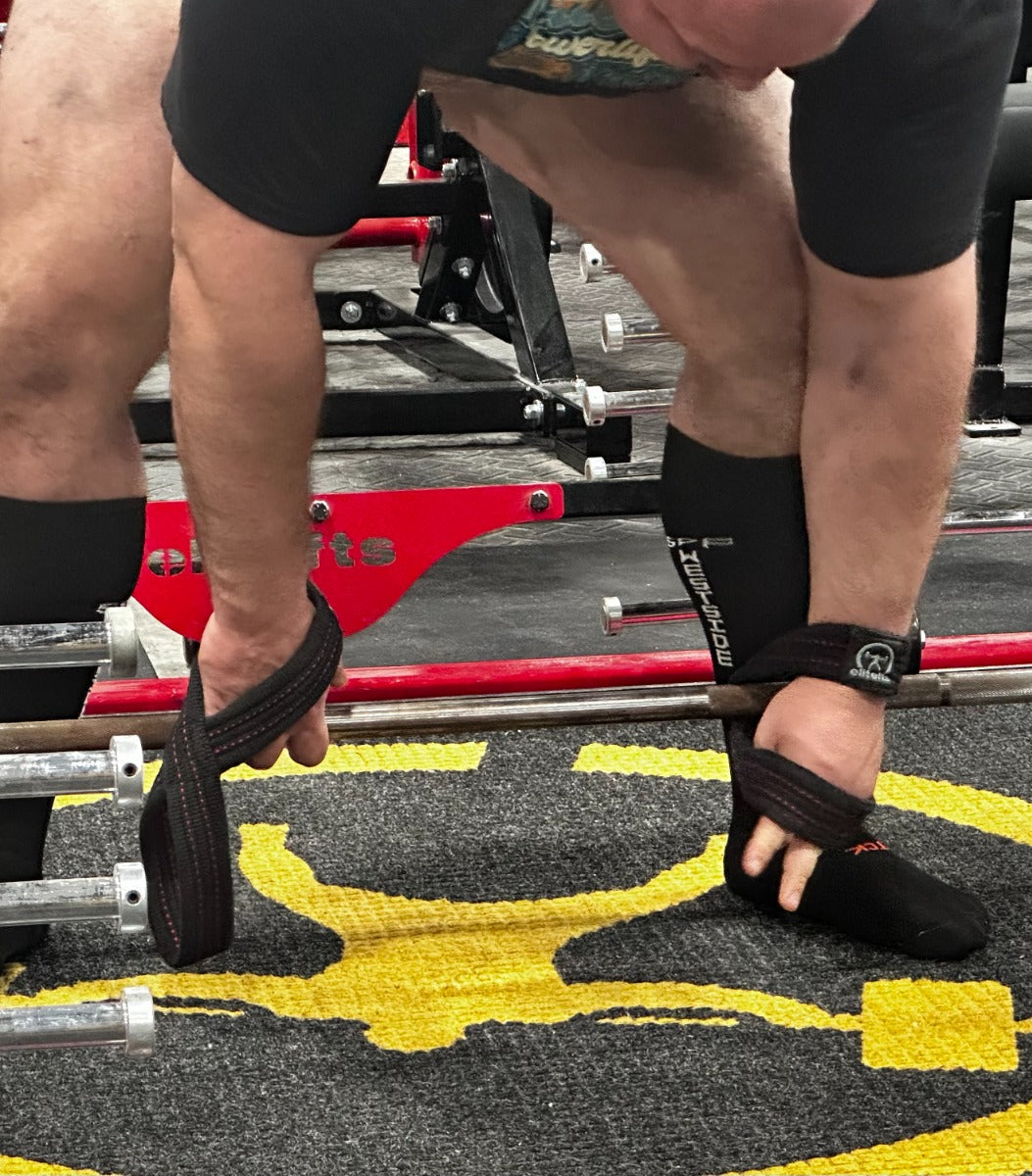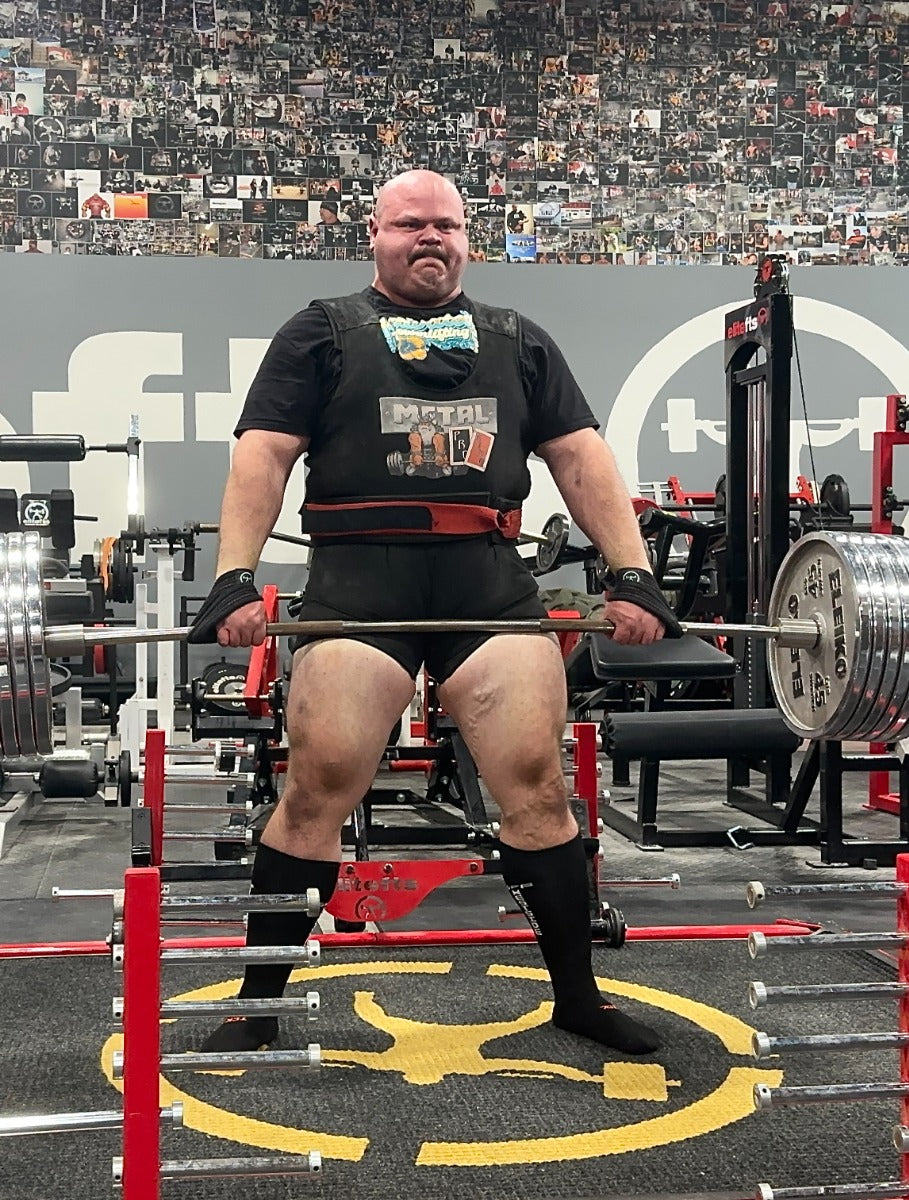I often heard "Brilliance in the basics" in the military, specifically in my job specialty. It would generally be followed by some statement that as things get more complicated, the harder you fall back on the basics, the more you will rebound through the difficult situation. Sometimes, there is a need for complex answers and being able to navigate through very dense situations.
Our Need for the Basics
Our jobs as tacticians, cops, nurses, EMTs, and firefighters are complex enough. What I believe we need is to focus on the basics in the weight room without convoluting it with whatever bullshit some social media influencer is peddling that day. I have said it a million times and will say it again. The Westside Barbell Conjugate System is the most reliable, simple, and thorough plan we can follow. Especially if we are prone to injuries and "flare-ups." The system is autoregulatory, meaning it adjusts to whatever your weaknesses or danger areas are.
I will give you an example. I have had recurring knee pain in my left knee recently due to some mistreatment during my time in the military. This injury flares up when I squat to full flexion and touch my hamstring to my calf. Looking at this closer and analyzing cardio movements that require repetitions of this motion, I understand that I must be extremely careful when using the RowERG from Concept 2. So, if I want to use the rower, I now understand that during this inflammatory or sensitive period, I have to be conscious of my "joint angle." Otherwise, it will cause me pain for several days. My pain does not mean I can not use the machine. It means I have to think through the exercise simply.
What Works For You
I find something that exacerbates symptoms and adjust the exercises accordingly to fit MY needs. Ask me the same thing five years ago, and I would have told myself to stop being a wimp and power right through it. Hammer it until you can not feel it, or the pain becomes numb because your body has adapted to it.
Back then, I followed structured programming that was cut to a "one size fits all" generalization. These programs can be awesome and yield significant gains to various people, but I do not believe that each person should be following programs like this *forever*. I believe cookie-cutter programs are a tool to be used temporarily as they can be awesome tools to help you learn about yourself and your current weaknesses. They can help someone understand that they respond well to high repetition volume work. They can help another person understand that they react poorly to repetition volume work. These programs can help someone find a movement that triggers pain, which is arguably one of the most important things to find.
Once you have learned how to respond to specific exercises and rep schemes, it is game on.
Find Fun in the Basics
This is where I think the fun begins for us as responders. We have all made it through our respective schooling requirements and have the capability to think through a problem critically. Now, the problem is our body's weaknesses, and we have to understand how to address and attack those weaknesses through exercise. I have a weak core and weak hamstrings. Both of these weaknesses combined cause me excruciating back pain when I end up in a compromised position lifting a load.
How do I know these are my weak points? These are analyzed through compound (meaning several joints and muscle groups) lifts such as the
bench, squat,
deadlift, overhead press, clean, and jerk. With respect to the brevity of this article, I will refer you to the following helpful articles:
Movement Tiers for Squat and Deadlift Weakness //
Movement Tiers for Bench Press Weakness. You can use these blueprints to attack where you are failing or feel weakest in these lifts, and you can use the listed exercises to attack those vulnerabilities.
Fix Your Weak Points
Once you have a general idea of where your weak points are, hammer these weaknesses as hard as you can recover from (meaning you are not debilitatingly sore, your resting heart rate is not skyrocketing, HRV is not in the gutter, you do not feel like a hot pile of trash, a bunch of other measurables are not out of wack, etc.)
Why is it important to attack these weak points? Because weak points cause injuries, plain and simple. Suppose you are a police officer, and your load-bearing capability in your lower back is 350 pounds, and someone attempts to wrestle you to the ground. In that case, you need to be able to exert and exceed that individual's power, which may be greater than 350 pounds of force everywhere in your response. If your back can not handle that force, your body will compensate with other forces to get the job done, causing injuries to your tissues or ligaments.
Strength in the Basics
With my lower back injury history, my requirements for pain management are a significant amount of core work and loading the hamstrings as frequently as I can recover. Through a ton of trial and error, I have found that the best exercises for me (for now) to attack these weaknesses are Planks, Side Bends, Planks with feet in Blast Straps, Standing Abs, Kneeling abs,
Ab wheel rollouts, leg raises, Hamstring floor
roller curls, Band Assisted Russian Leg Curls, Banded standing leg curls, GHR's, and
Farmers Carry's. For more ideas for core-specific training, I will refer you to
A Core Training Blueprint for the Athlete.
This brings up my next point: for this to work, you need to read. That is right; you need to study what has worked in the past. One thing to consider is if you have an actual injury, not just a minor one. If this is the case for you, I strongly recommend looking into Seth Albersworth. Here is a taste of his quality material:
The Mentality of Overcoming Injury
Learn From the Past
Almost nothing we do is new. This is what separates the athletes in it for the long game and those chasing a "quick fix." We, as responders, must focus on the long game to maintain our profession throughout our careers and, more importantly, to have a higher quality of life when we are done. That is why I advocate so strongly for looking for and listening to those who have gone before us and learning as much as humanly possible from those people. If we only listen to those who have a significant platform on social media due to six-pack abs and eating bull testicles, then we are missing the professional athletes in their 60s, 70s, and 80s who are still living a wonderful quality of life. Why would we not want to listen to those whose shoes we want to be in?
Conversely, we have those we want to listen to because they know what NOT to do. This includes the legend Louie Simmons and innumerable members of Westside Barbell, such as Dave Tate. In several interviews available wherever you listen to podcasts, Louie mentions that he knows "what not to do" because of all the stuff he messed up. This includes using incredible amounts of band tension several times a week. We know what not to do because these guys tried it and could not recover from it.
RECENT:
Specialty Bars for Combat Professionals and First Responders
I am very careful who I take advice from regarding exercise. I typically adhere to people who have experience in the topic (either coaching these individuals or being the athletes themselves). Another useful tool or reference is Dave Tates point system for ranking coaches. Alter some of the questions in your head to fit our needs, such as "What have they done in the sport?" should be "What have they done in the tactical community / Responder community?". For us, this is absolutely imperative. If someone is an elite-level powerlifter but has no experience in the responder community, should they be the sole source of your training information?
Listening to those who came before us can tell us what to do and what not to do. You will have to gauge this yourself and apply it to your own department, agency, and career specifics. If you are sitting in a staged ambulance in a very busy city, your needs will be different than a nurse who is on their feet bouncing from room to room. Likewise, if you are in an urban area as a police officer, your training needs will be much different from those of a firefighter in the same area. You have got to analyze your work and try things out.
Westside Barbell's Conjugate Method
For a general starting point, once you have learned what your weaknesses are and how you can work on them, I believe that the majority of responders would benefit from an autoregulatory training system such as The Conjugate Method made famous by Westside Barbell. Training cannot be made any simpler or more basic than this.
- Lift heavy two days a week (one upper body, one lower body)
- Lift light but fast two days a week (one upper body, one lower body)
- Fill in the blanks with whatever will help you get in better general shape.
- For me, this is 1x Long Cardio Session (45-90 mins)
- 1x Interval session followed by SPP (specific physical preparedness)
Jim Wendler's 5/3/1
There is another method of training worth mentioning here, and that is
5/3/1 from Jim Wendler. I am not as well versed in 5/3/1, but I have general experience with it. In his books, Jim advocates for autoregulation and avoiding things that make you feel like shit. That is something I can get along with. His methods are simple, and they get people f*cking STRONG. Check out Wendler's book
5/3/1 Training or an article that I have enjoyed:
5/3/1 and Run
Conclusion
You do not need a bunch of fancy equipment or mental gymnastic methods to get strong enough to maintain job capability and live a life worth living. Please consider the methods above the next time you find yourself in a training lul and need some stimulation or a change of pace. Sometimes, things will be boring, but we can alter the lifts to make them fun (pin squats,
banded deadlifts,
board presses, wearing supportive
gear, limiting the range of motion, increasing the range of motion, etc.)
The basics work for our purposes as responders if we use them correctly. I am sharing a reference list of good starting points here. I recommend reading some of the following articles instead of scrolling Instagram and watching what some 140-pound guy who has never picked up a patient or been in a fight in their life tells you what you need to do to be stronger in your job.
References
Articles
-
Be Your Own Strength Coach -
4-Day Outlaw Program -
Conjugate x Conditioning Tactical Athlete Programming -
Correct Application and Execution of The McGill Big 3 -
Strongman Training for Non-Strongman -
The Lost Art of Whole-Body Training: Lessons from History -
Conjugate Method for Tactical Strength and Conditioning -
Why DUP is Superior for Tactical Athletes
Videos
-
WATCH: The Method Behind Brian Alsruhe's Training [Whiteboard Edition] -
#227 Josh Bryant | Programming, Mindset, Tactical Training, Specificity
Originally from Detroit, Michigan, Chris Key discovered his passion for service in the military as an Explosive Ordnance Disposal Technician supporting the Infantry. After facing significant physical and mental challenges post-service, he dedicated himself to improving the health and performance of military and first responder personnel.
Chris holds a Westside Barbell Special Strengths Coach certification and has completed numerous specialized military courses. He also coaches disabled veterans through the Catch A Lift program, empowering them to rebuild strength and resilience through fitness.
While working as a paramedic, Chris is attending school to become a Physician Assistant, continuing his mission to serve others.

